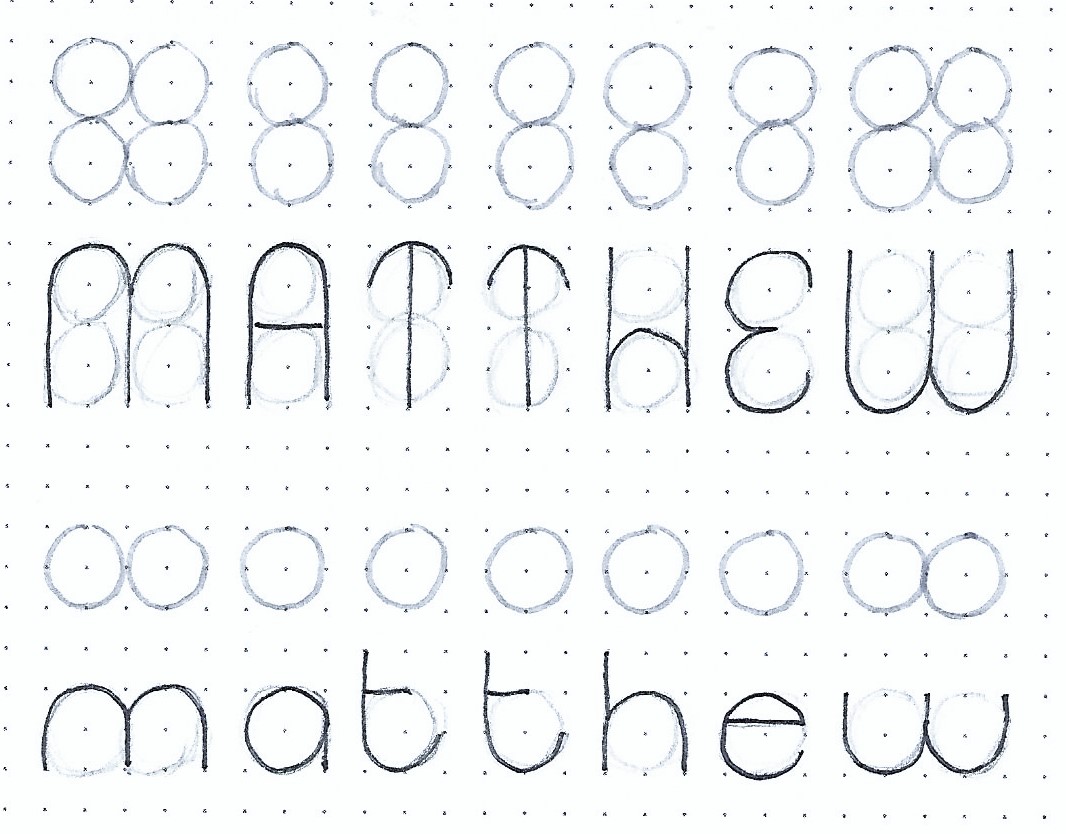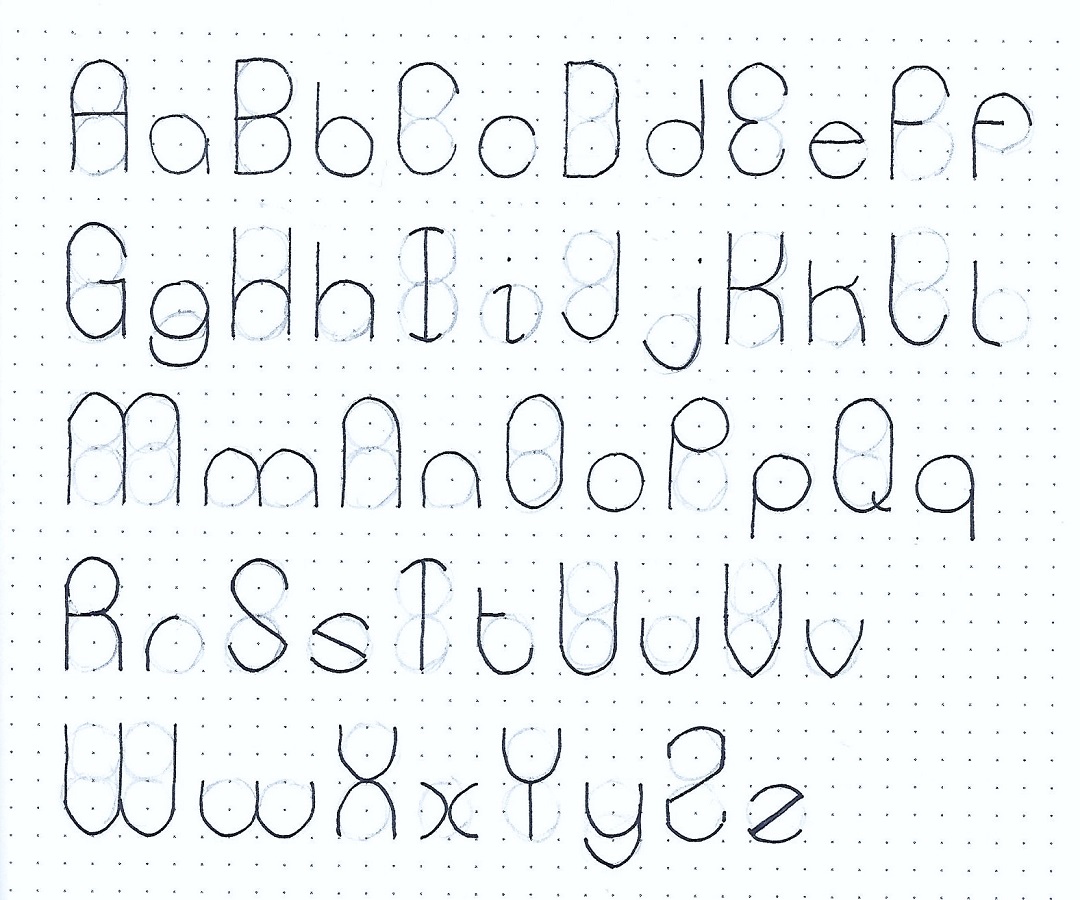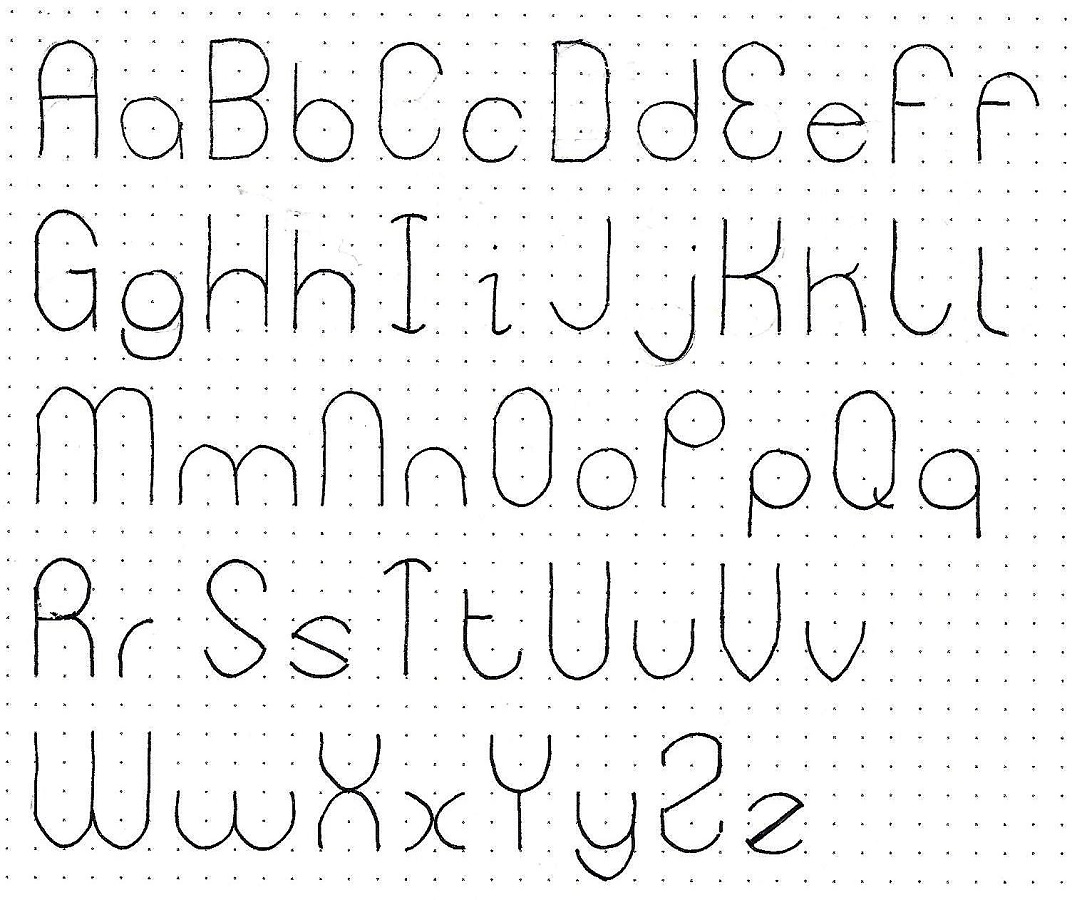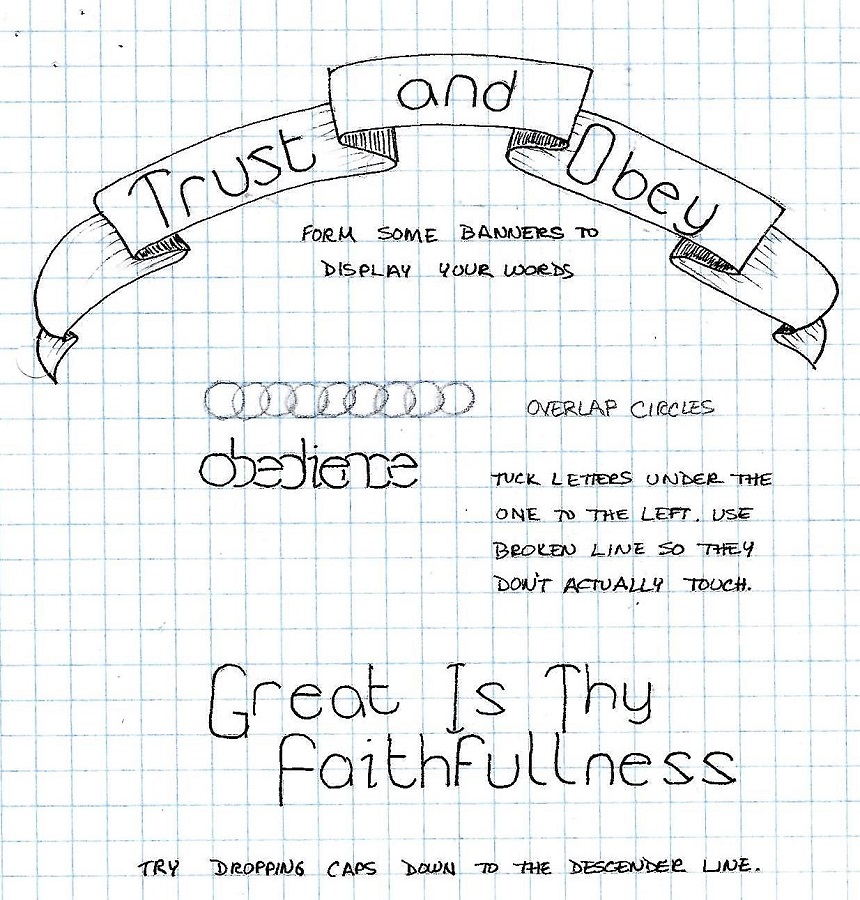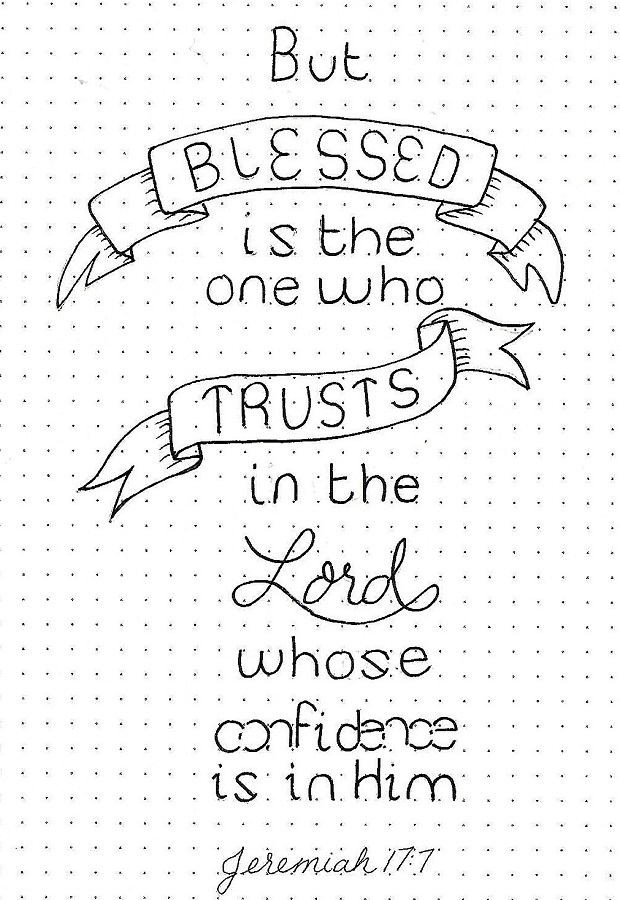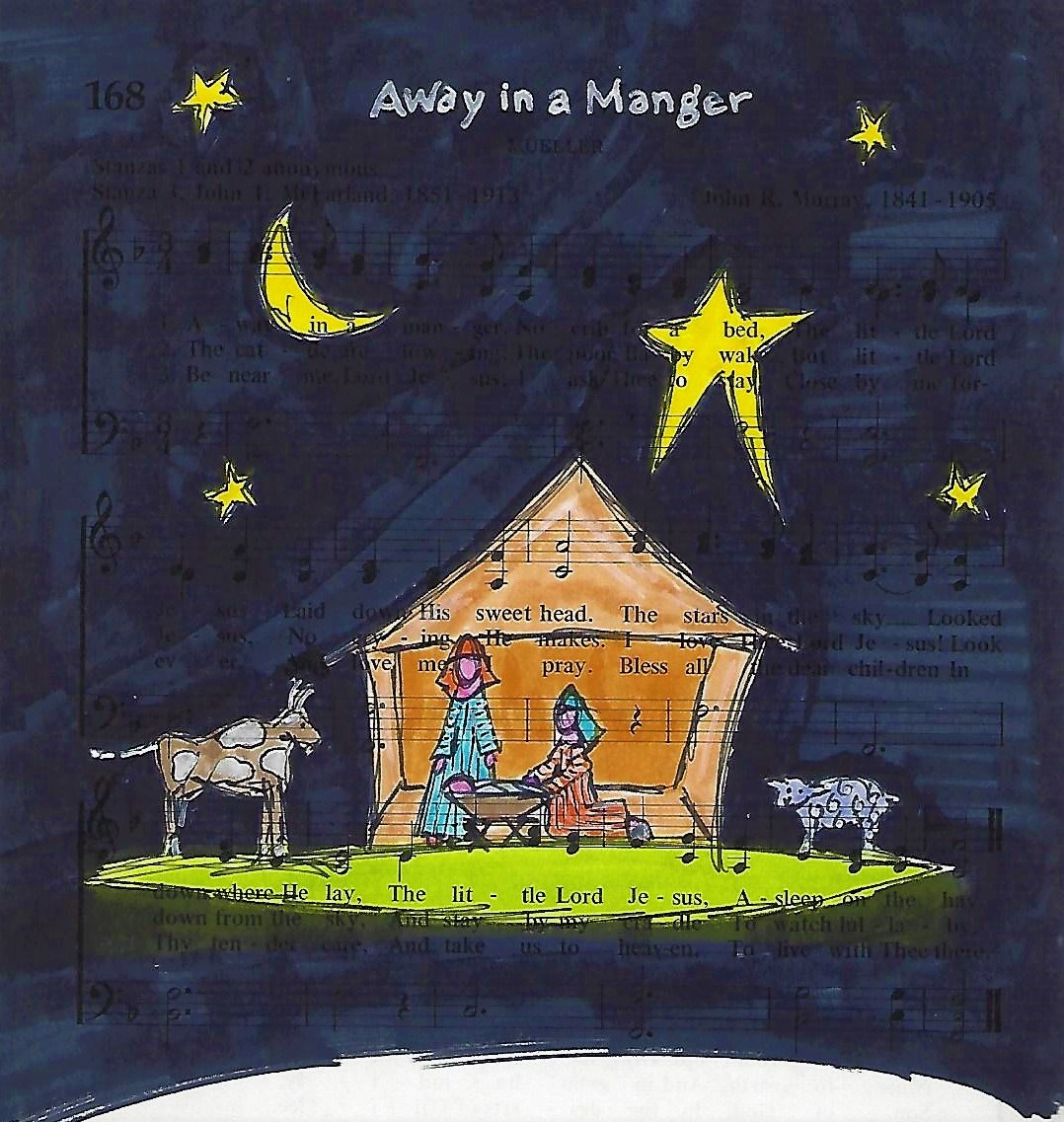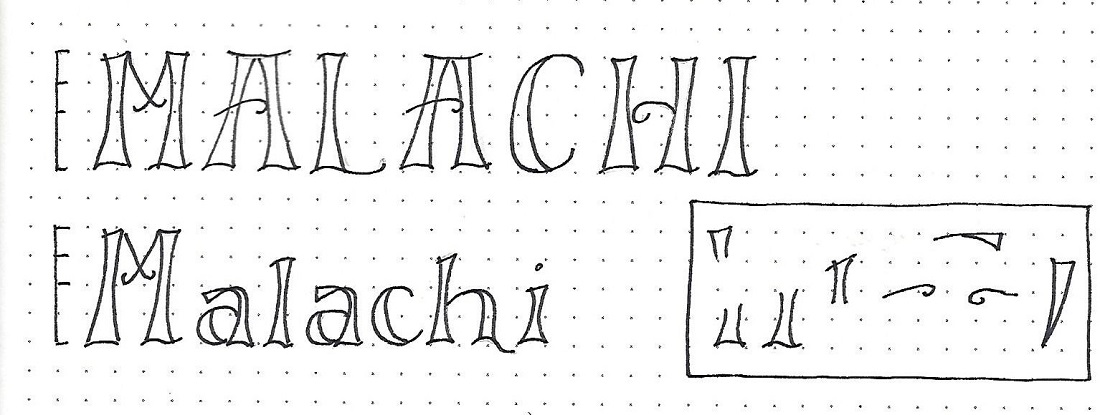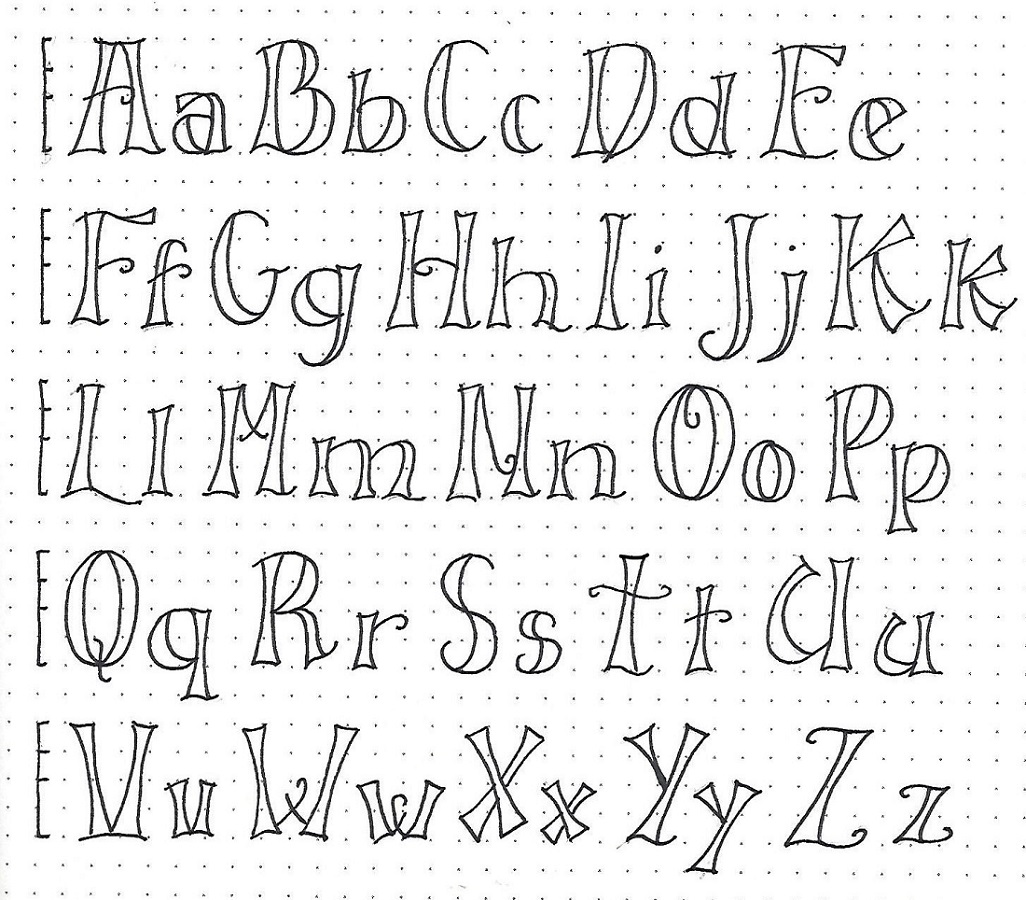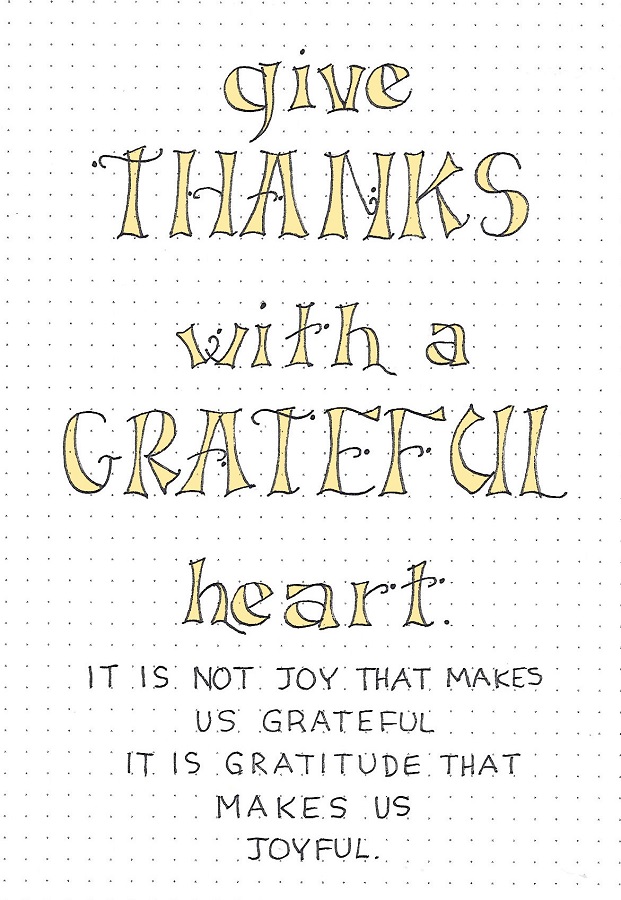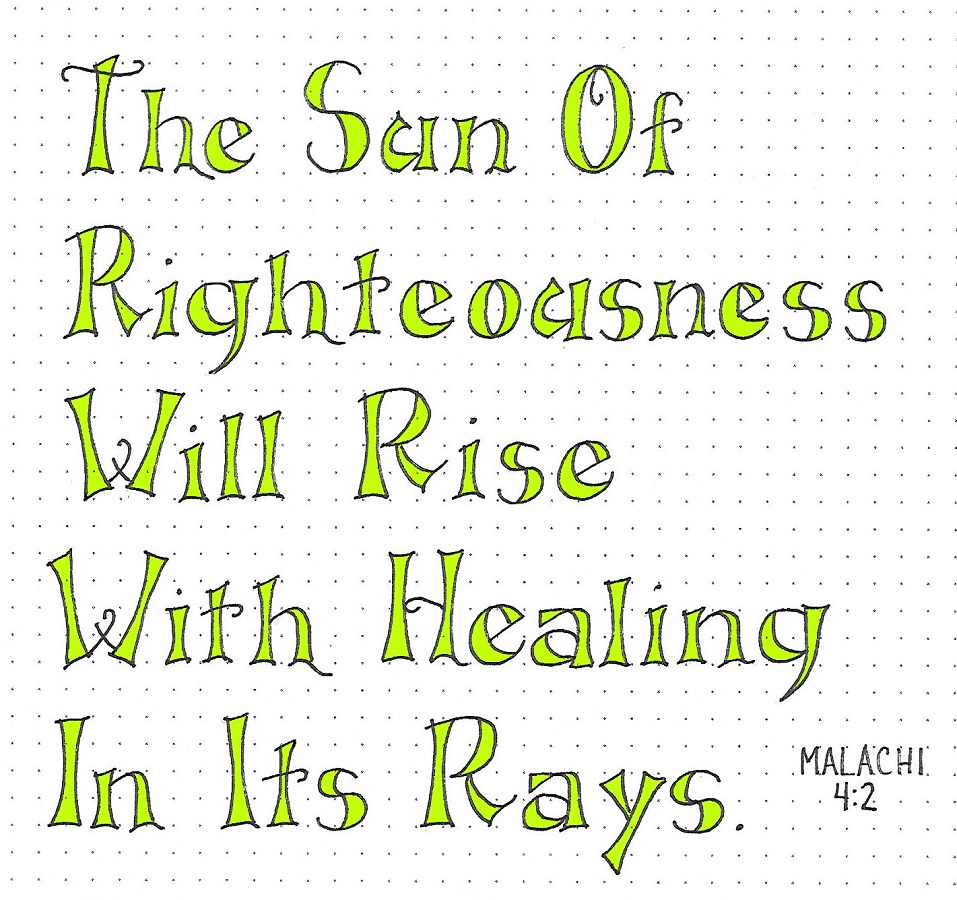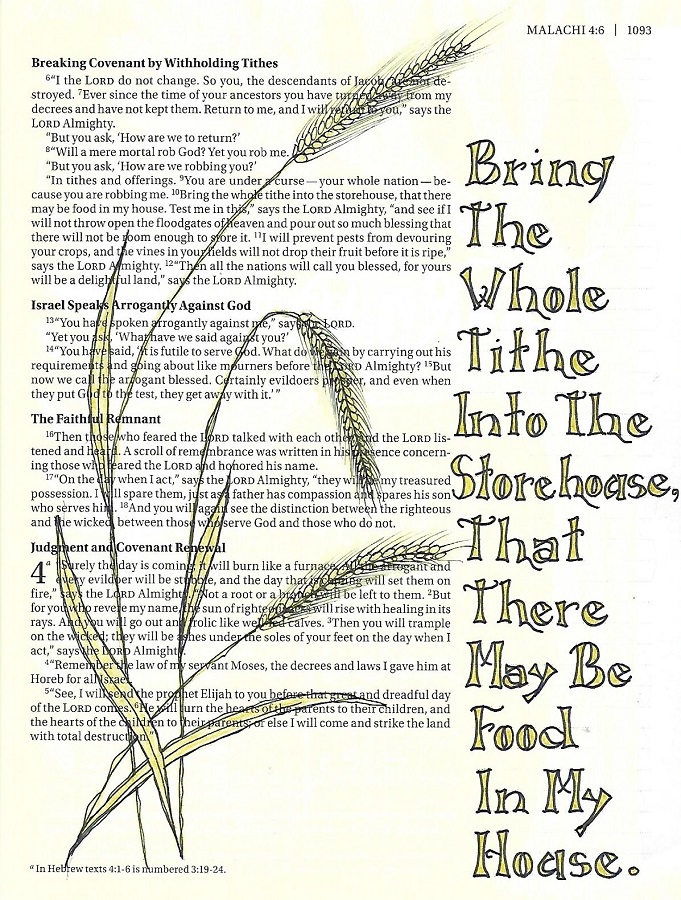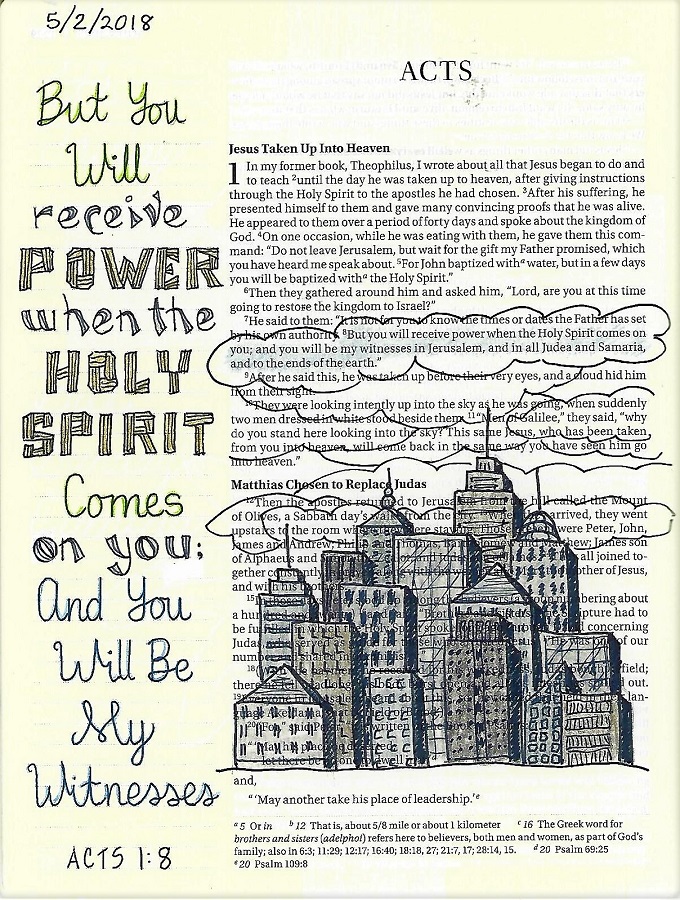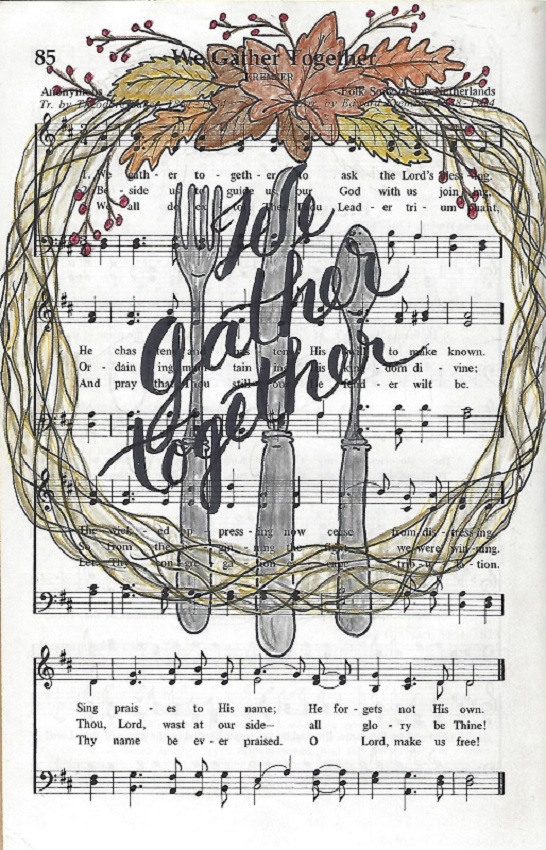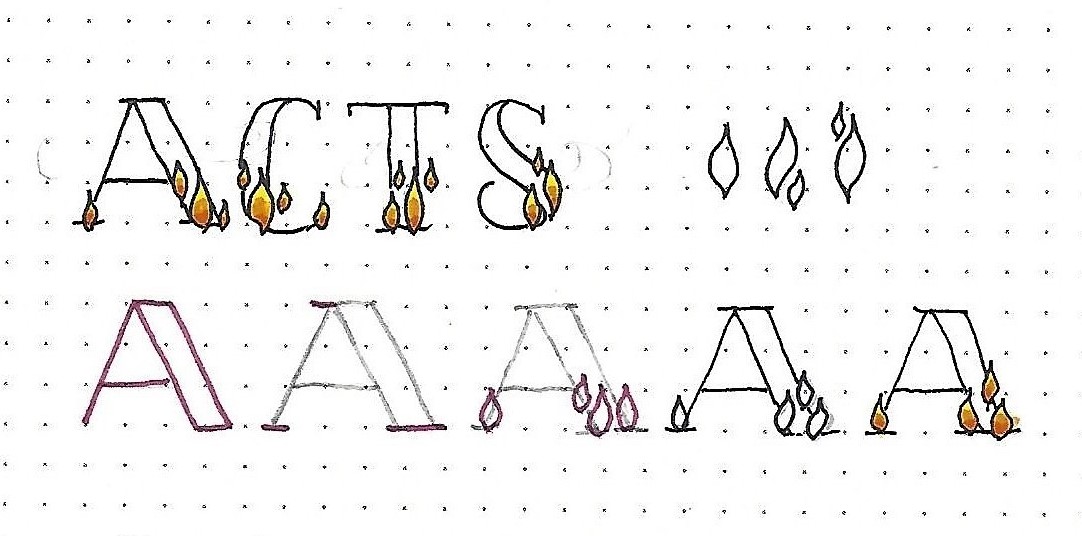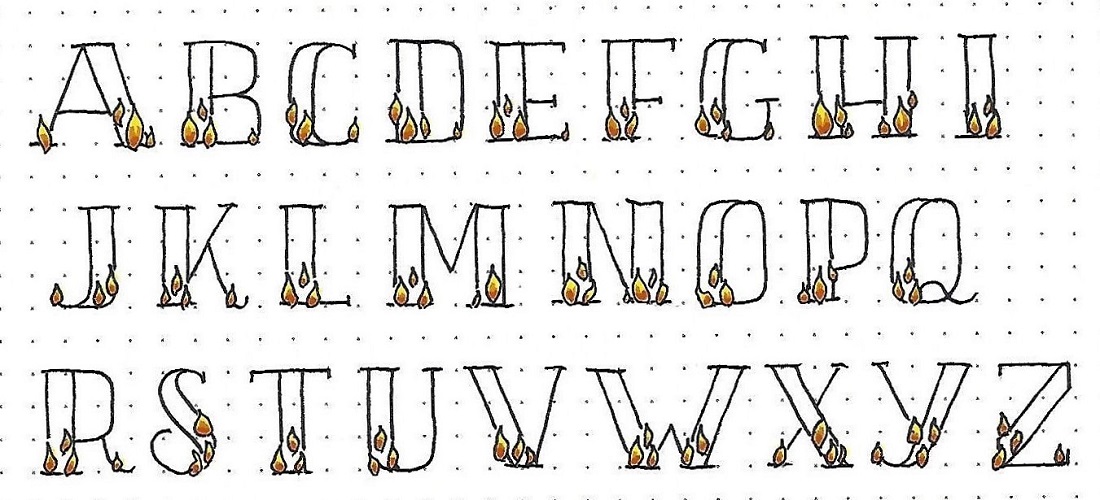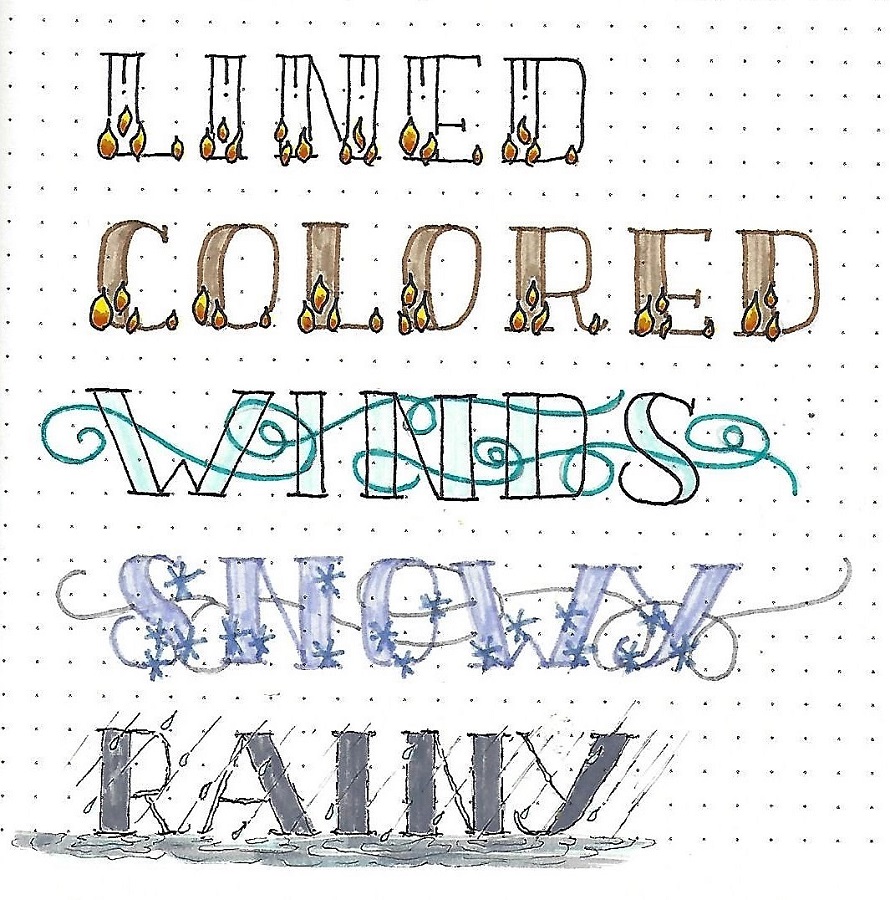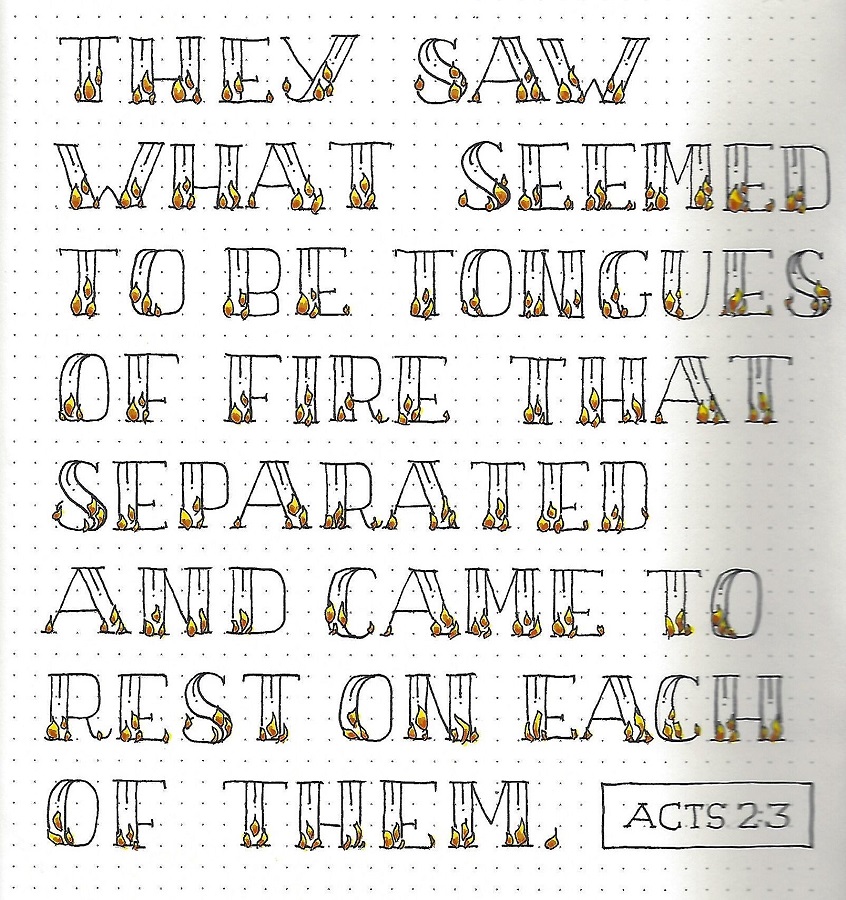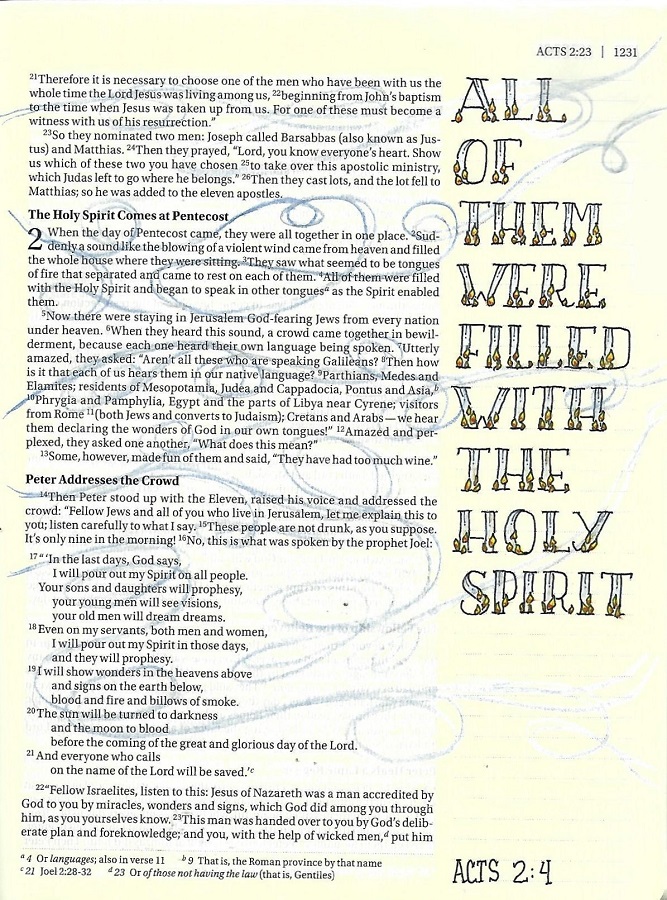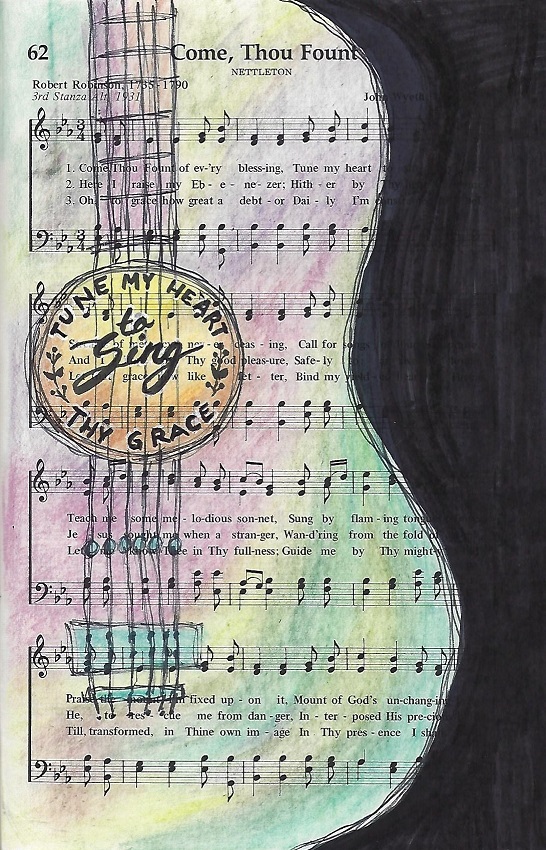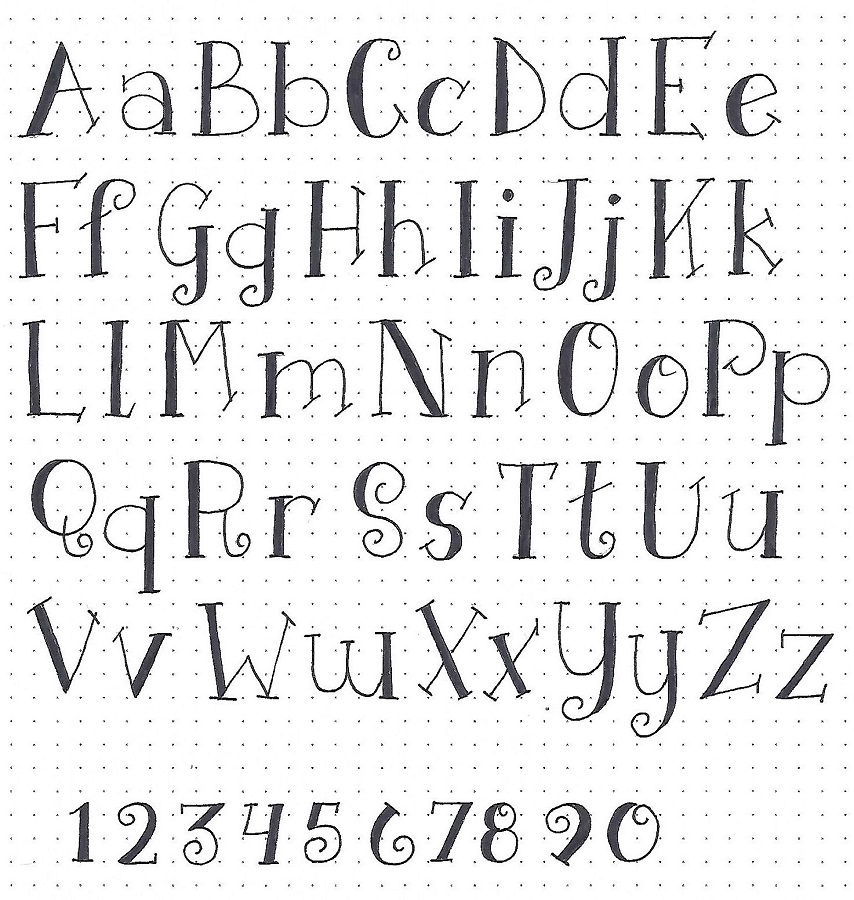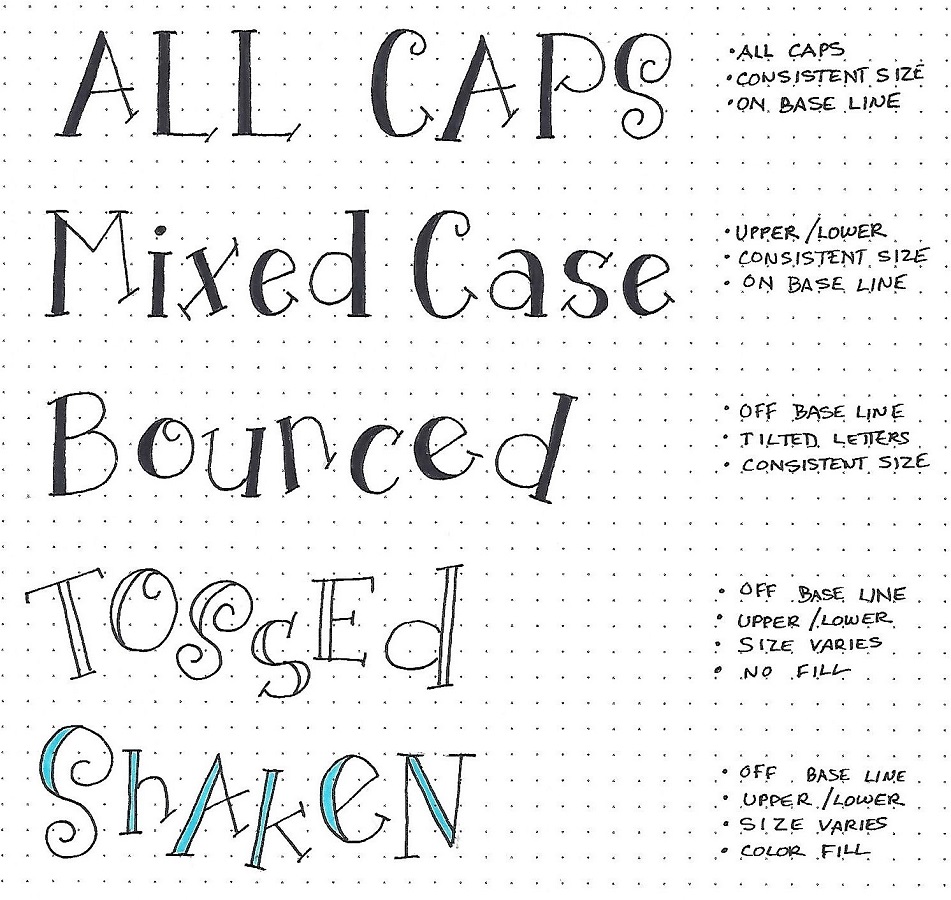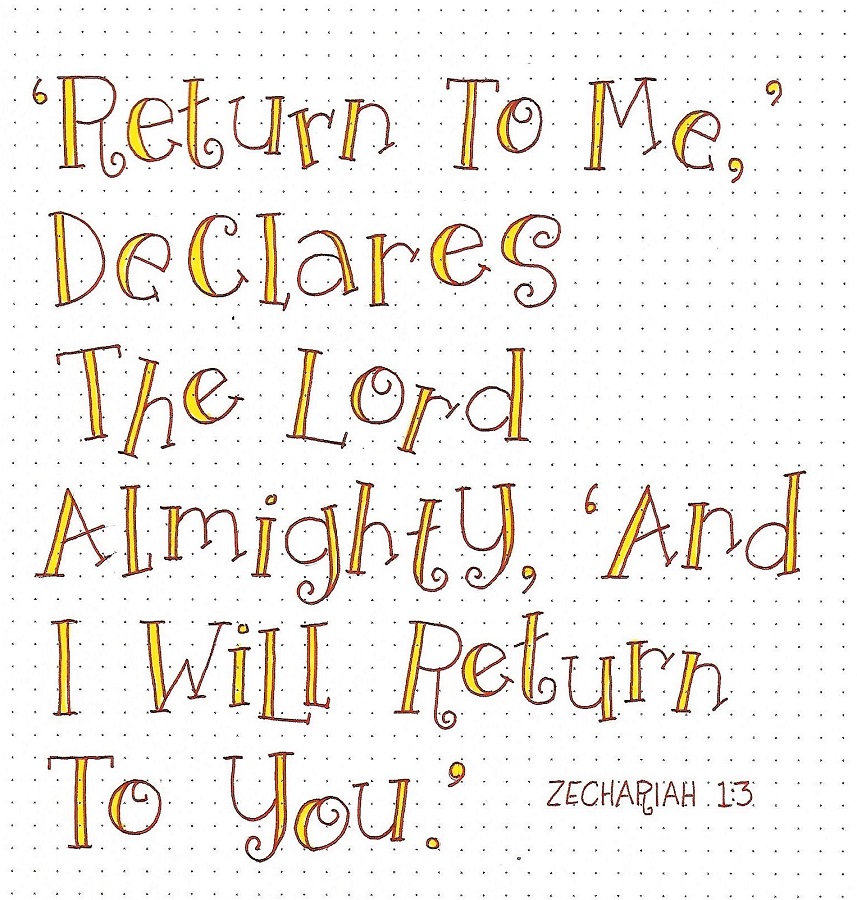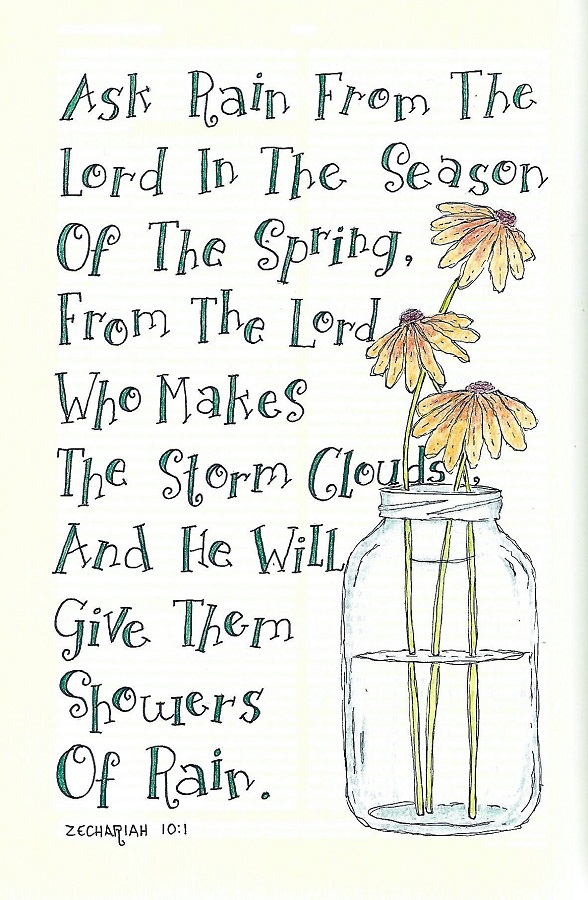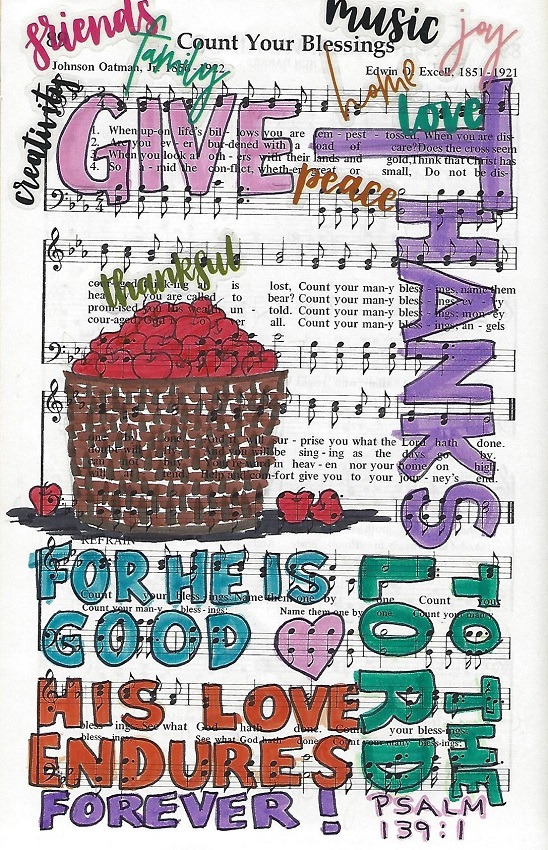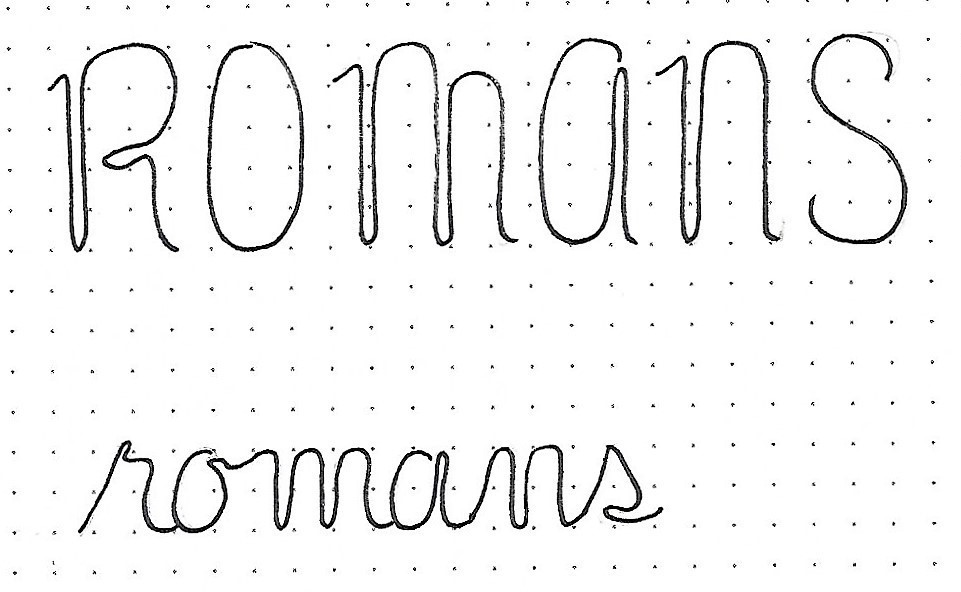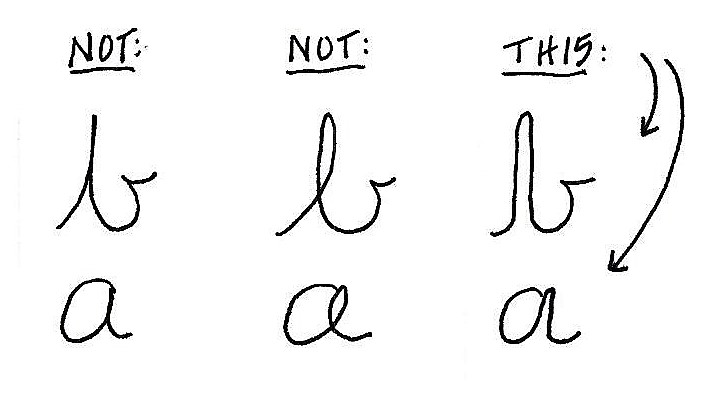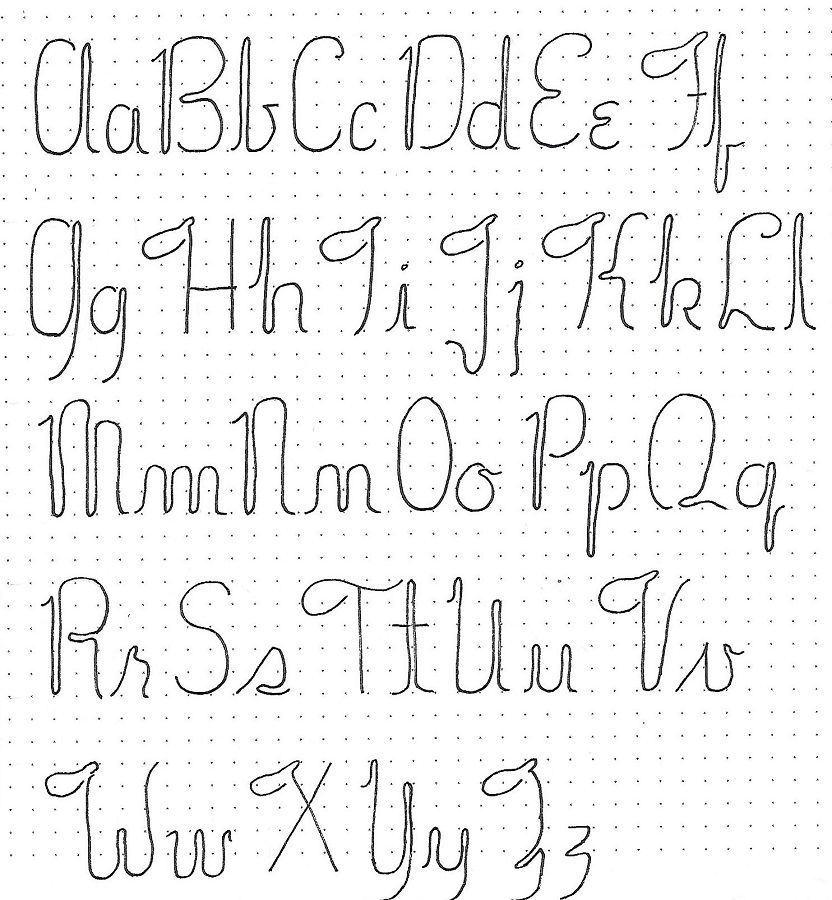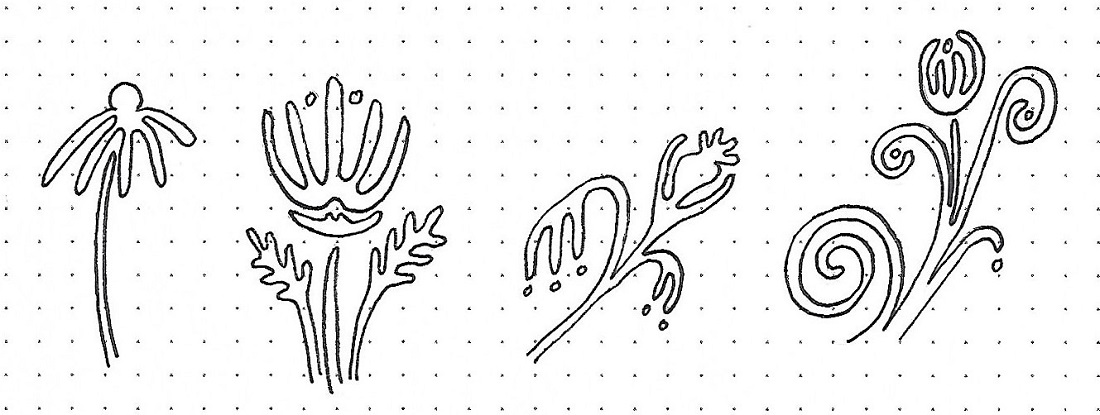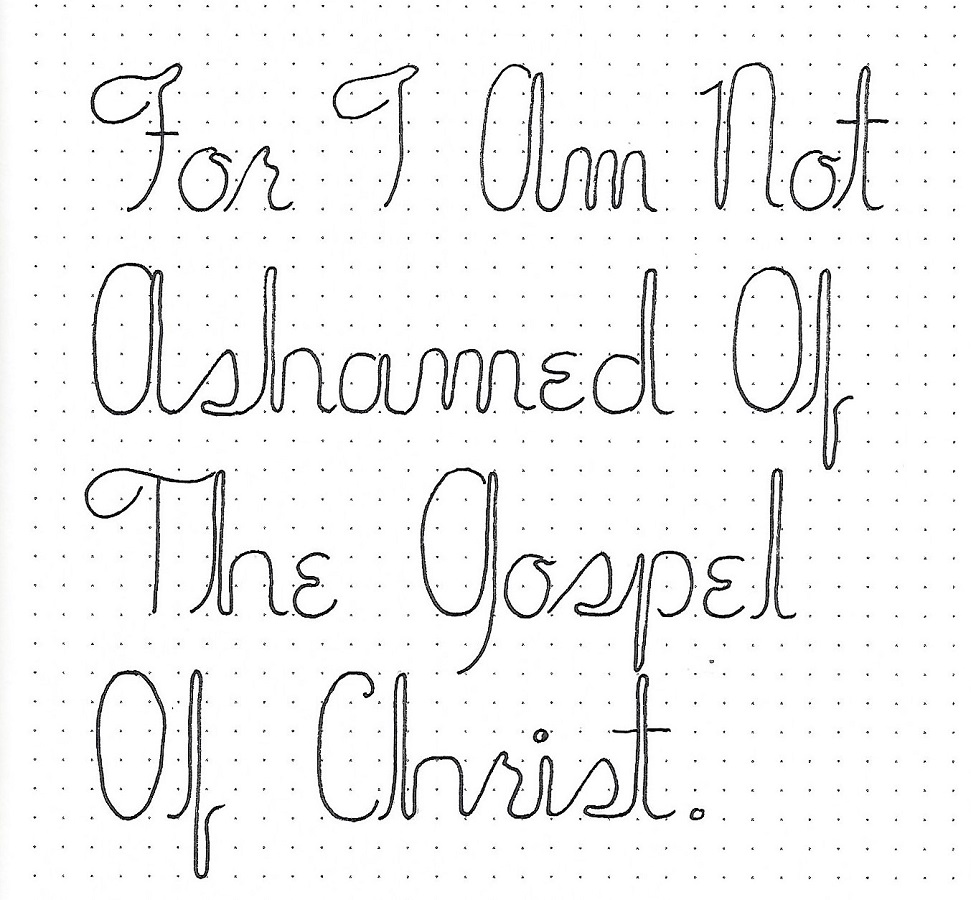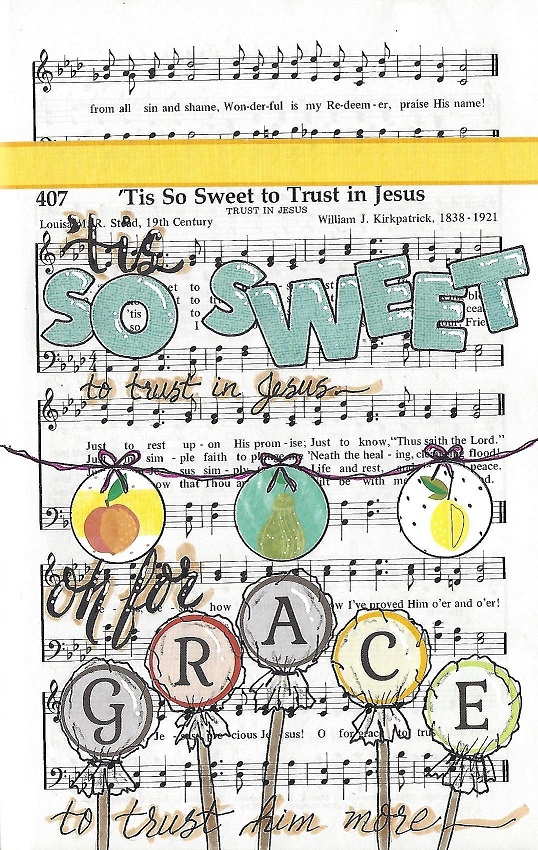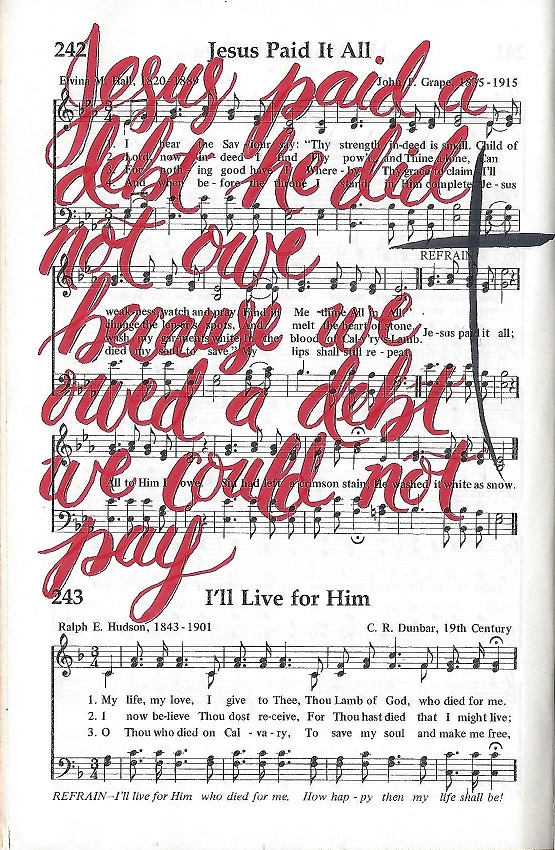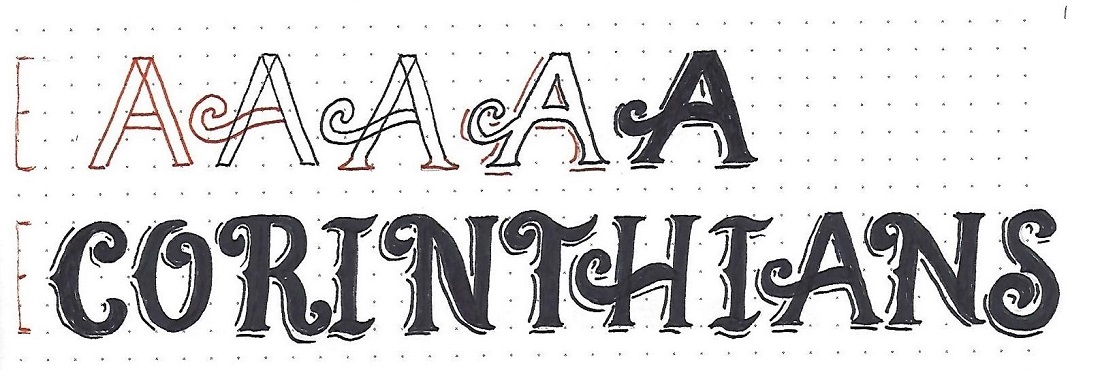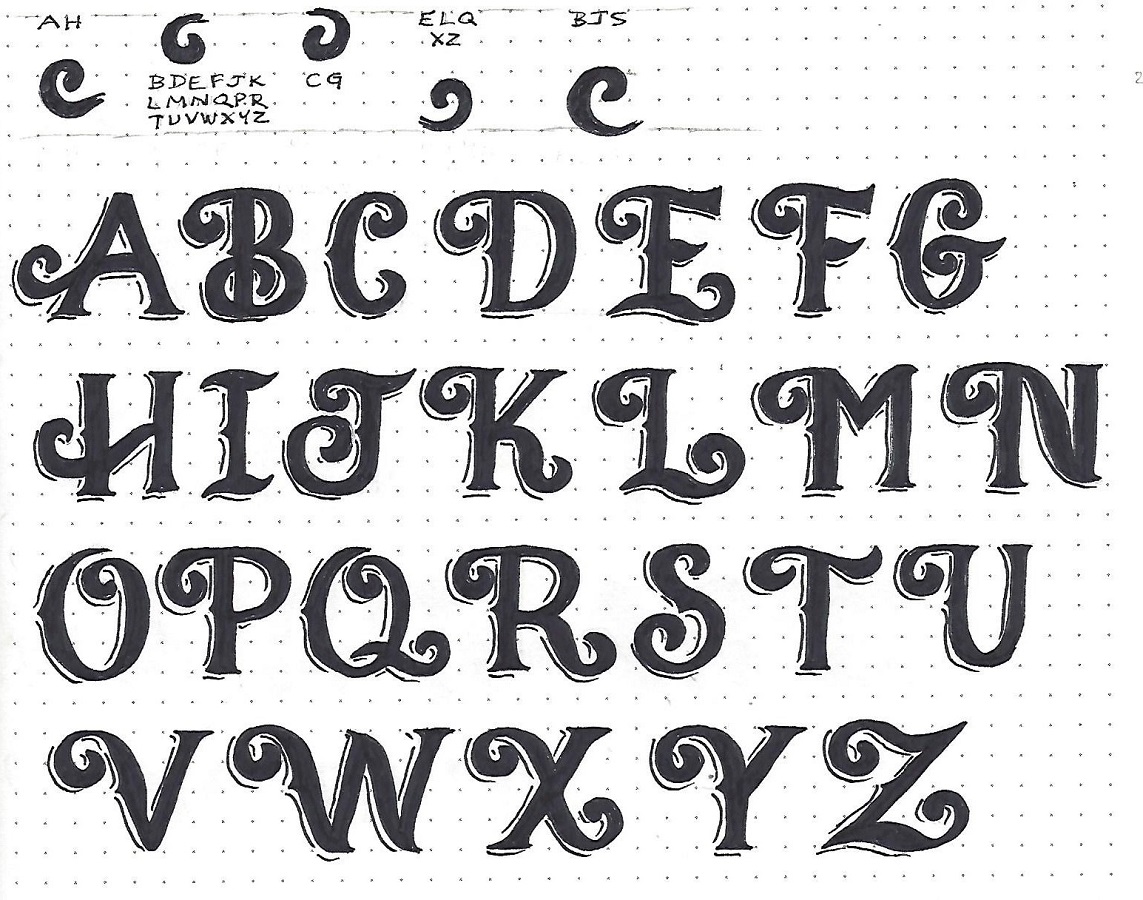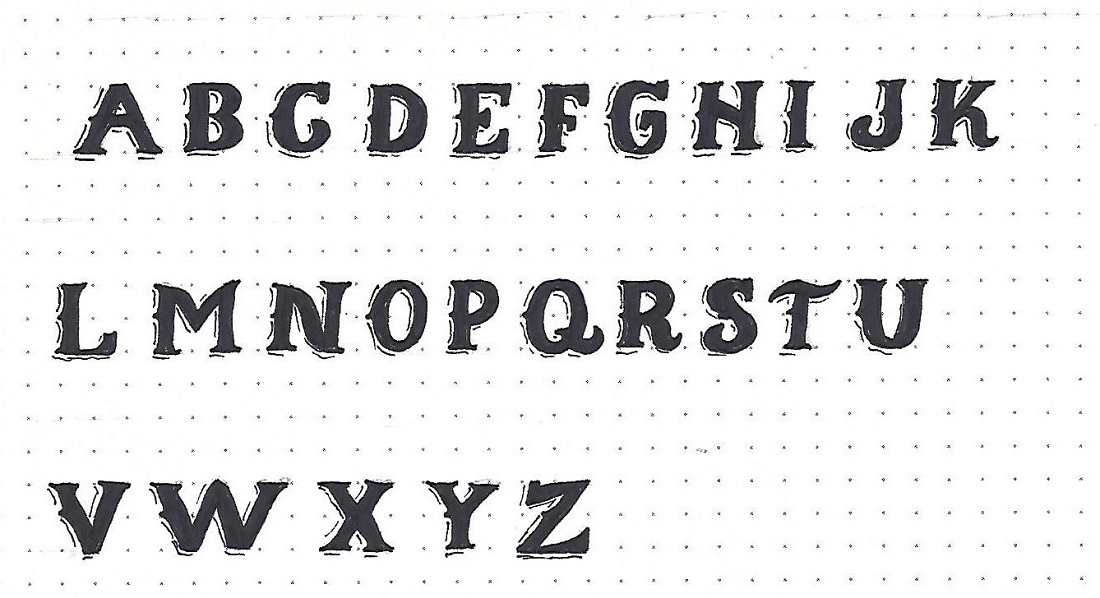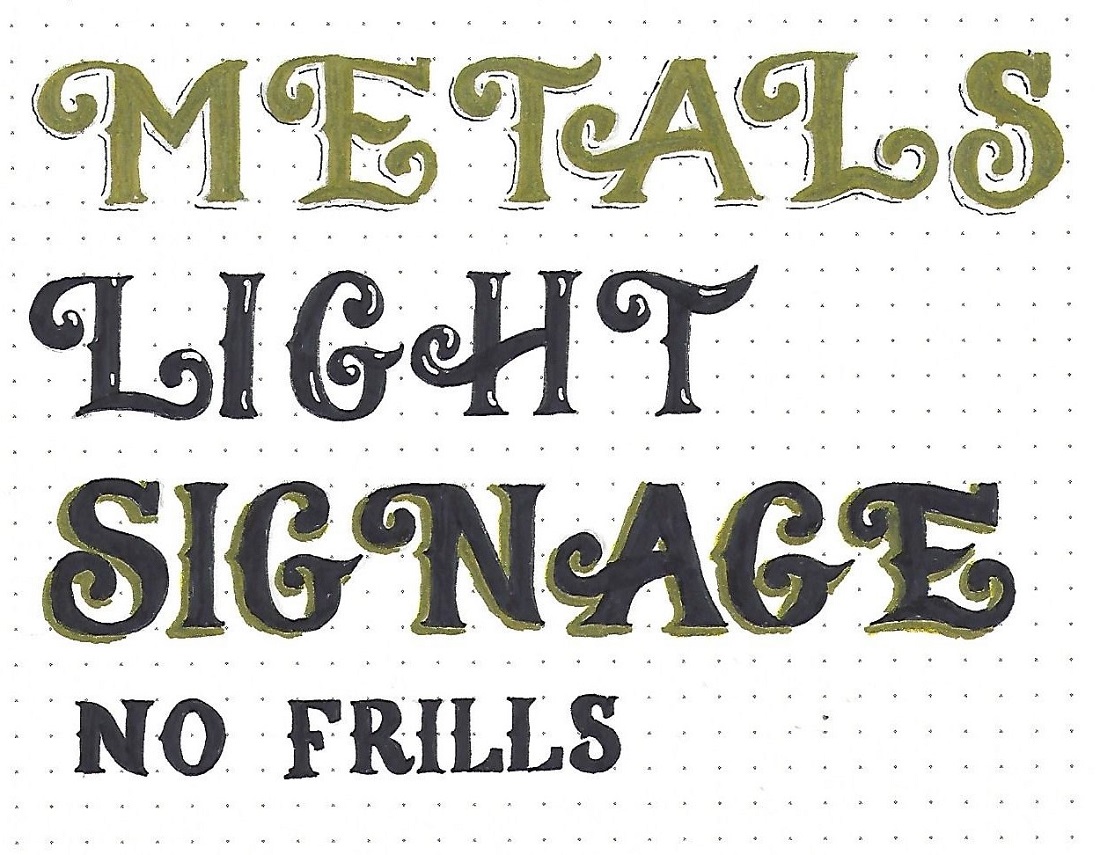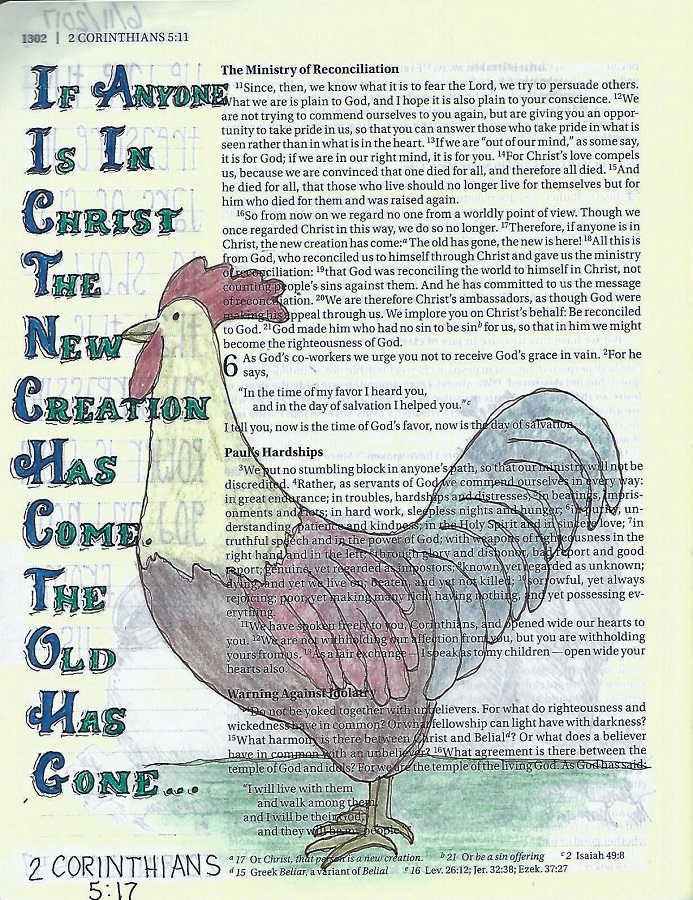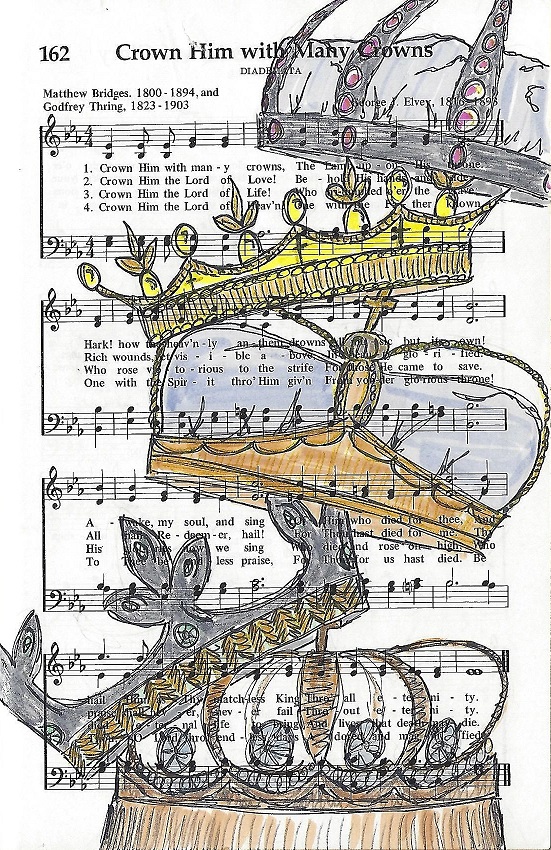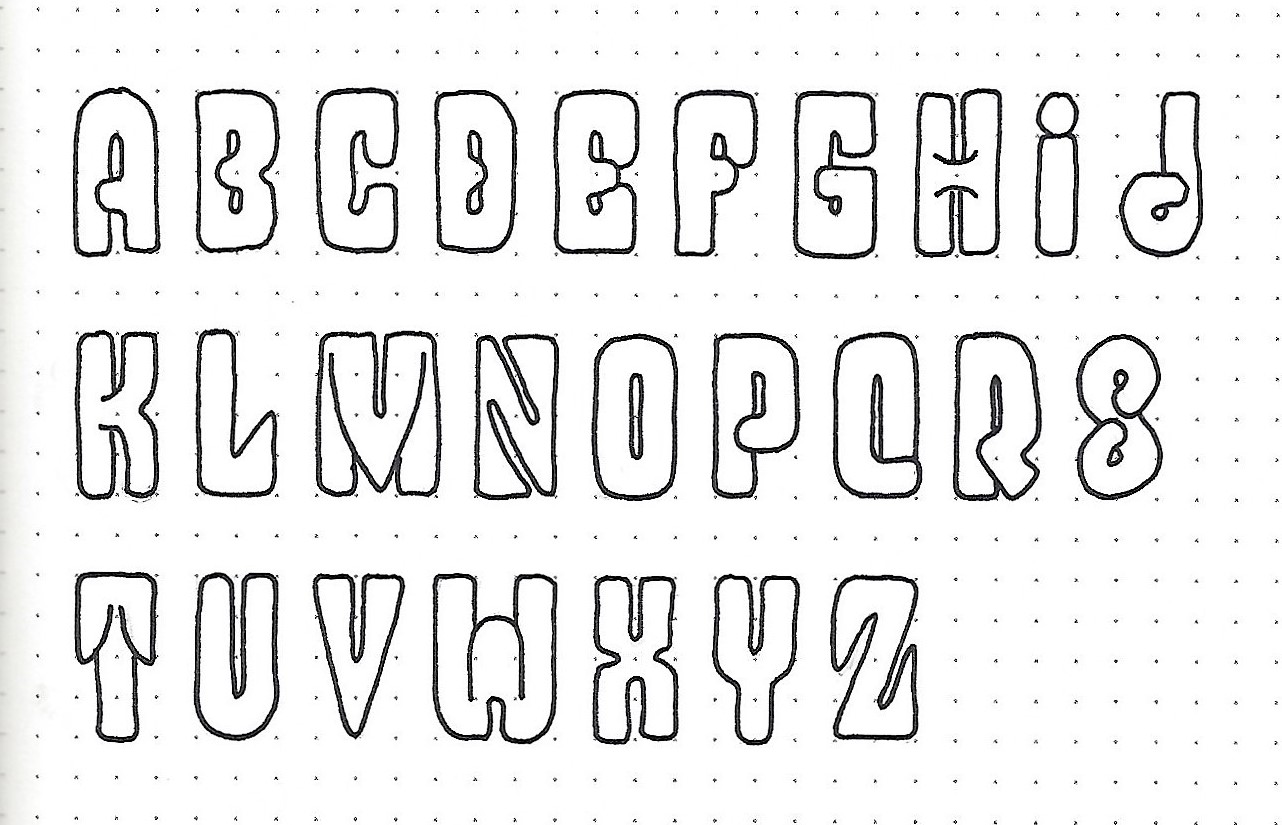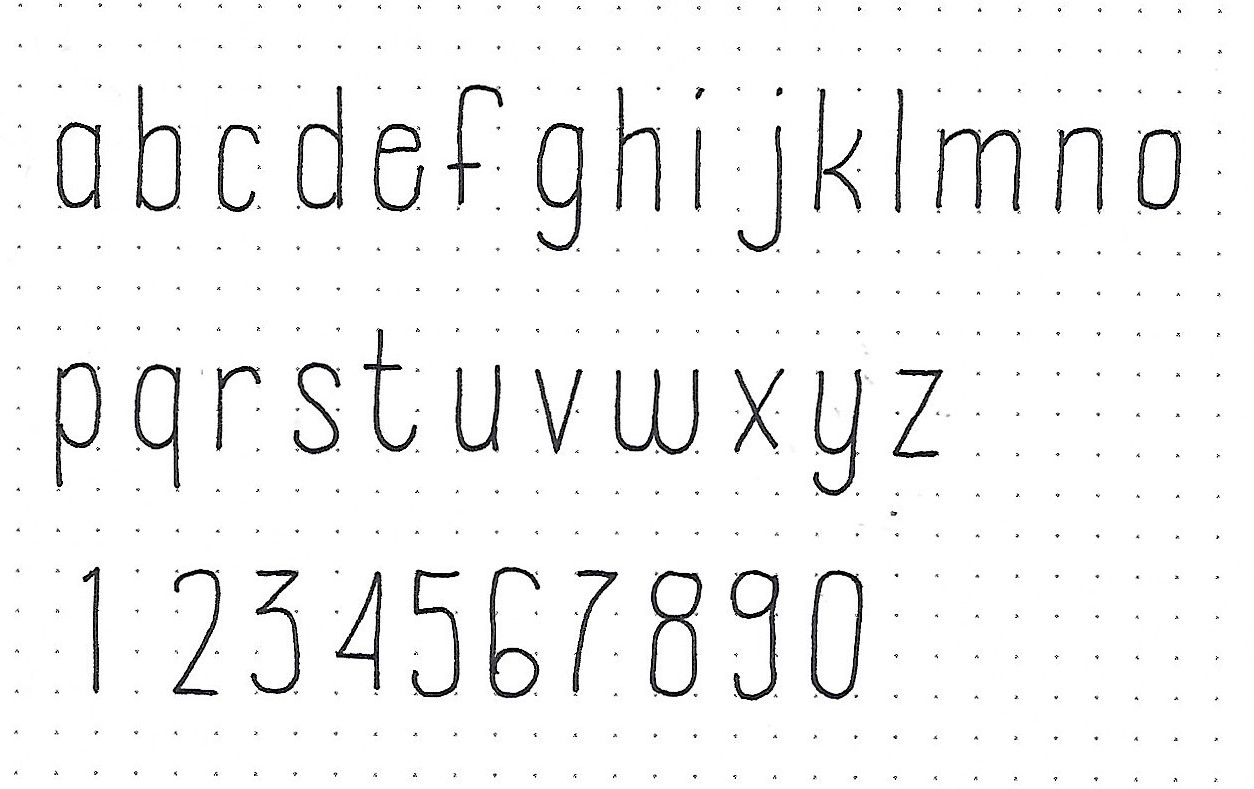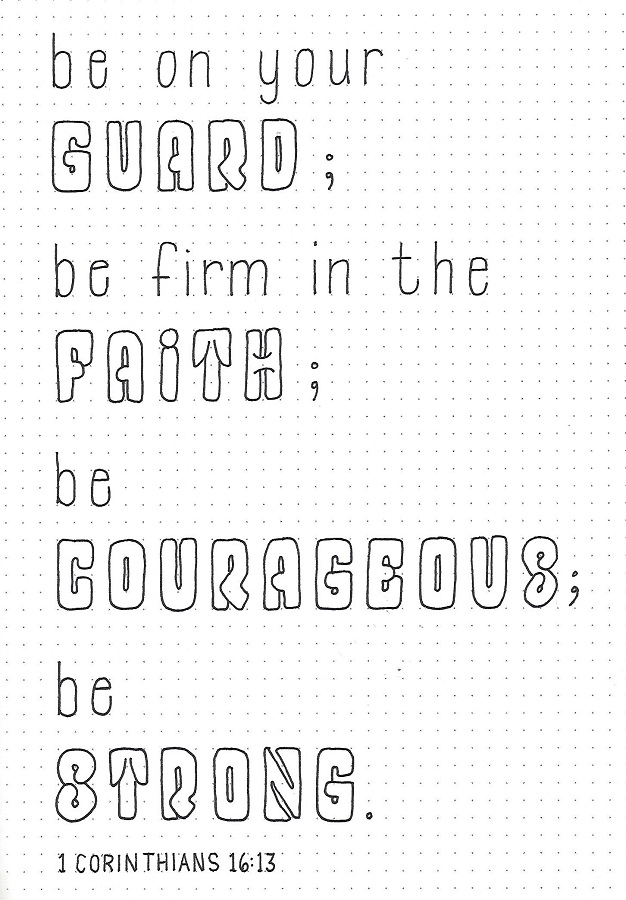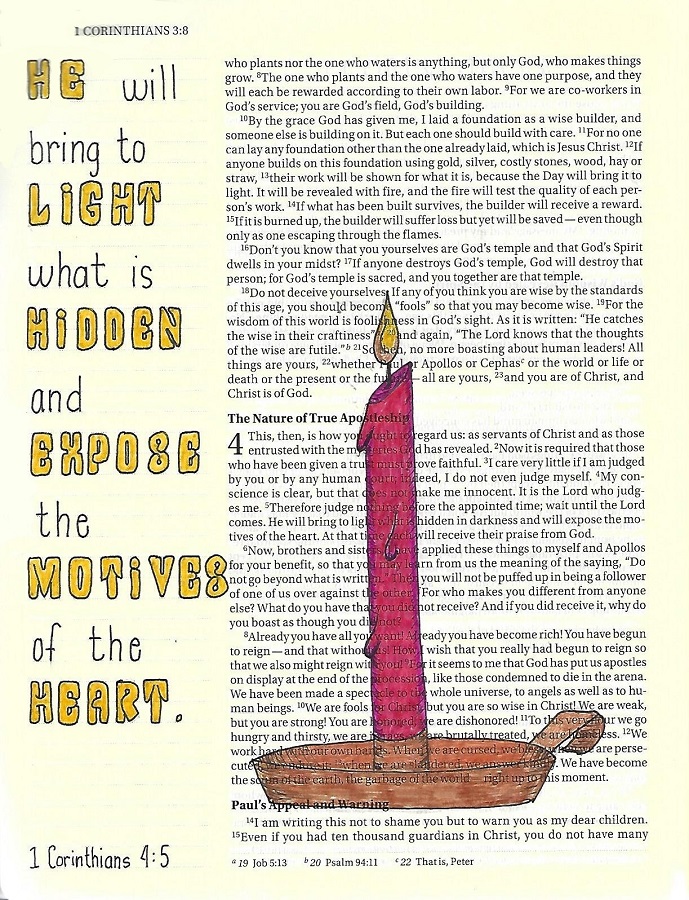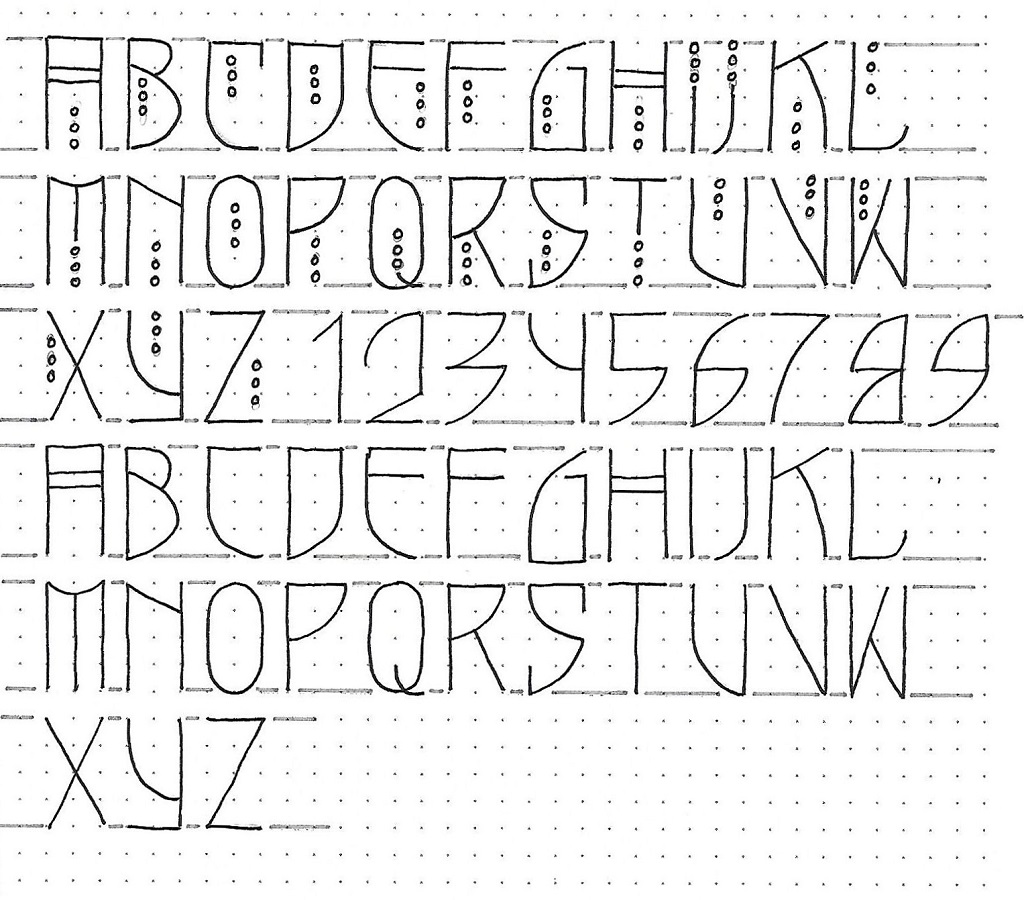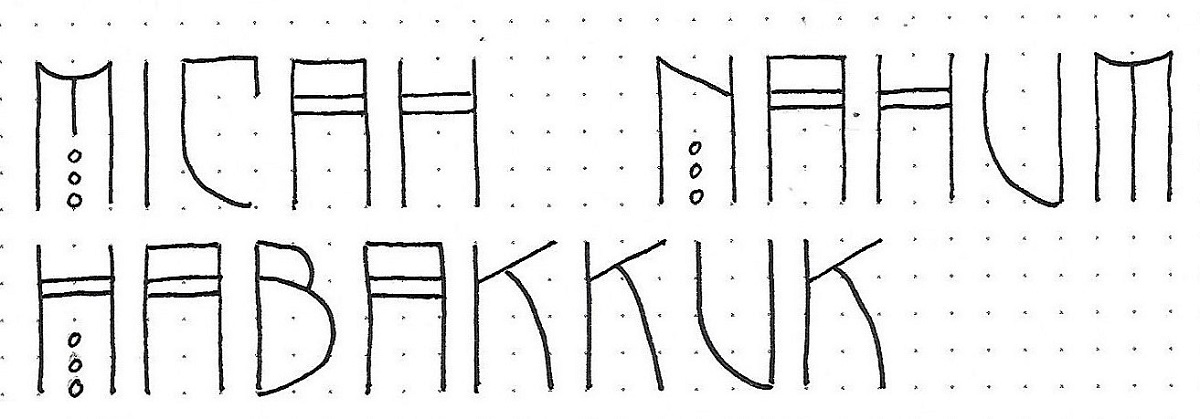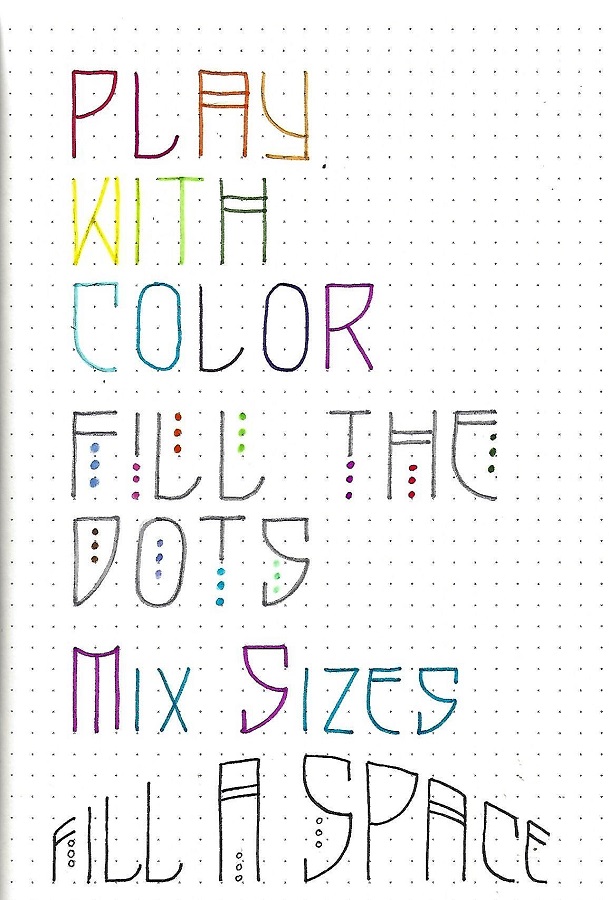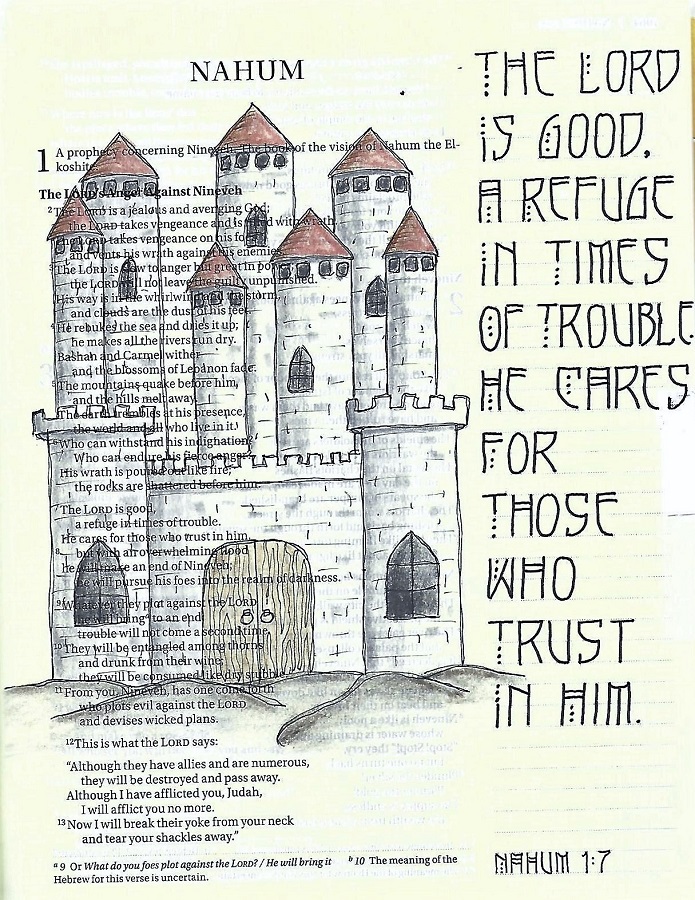Lettering in 2 old testament books
Topic: Bible Journaling
Trying to cover 66 books of the Bible in 52 weeks means that sometimes books have to be combined. Occastionally these were books like 1 Kings and 2 Kings, but sometimes it was just shorter books without enough meat to do a whole study on.
This was one of those times where 2 old testament books were combined. Here are the lettering lessons:
Zephaniah/Haggai: Day #1 – Split Column – Intro
This is a three-unit font with round bowls. It is based on the basic round print we learned the first week of 2019 (Genesis). This informs the shape of the base letters. Then the upright strokes are split into an open column (closed columns on curves) and are finished with small serifs.
Practice on these two bible books while you study the letters for styling details. Try to identify as many as you can on your own and we’ll have a quiz tomorrow and the next!
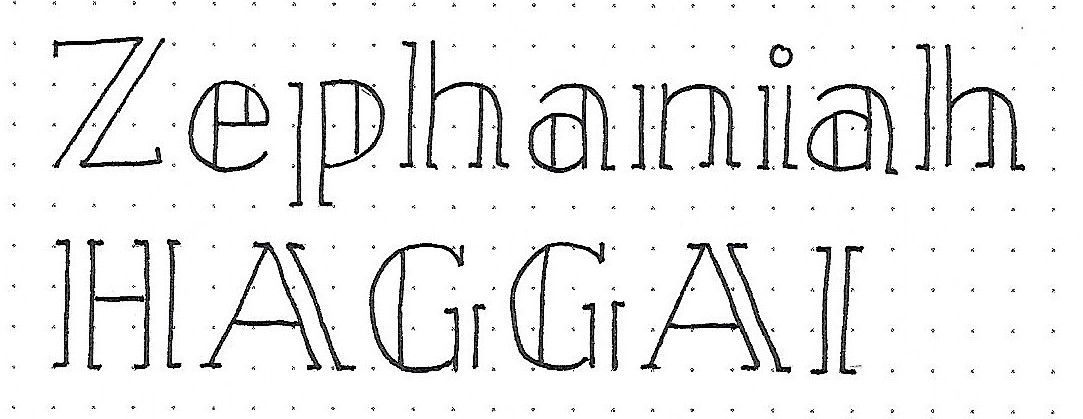
Zephaniah/Haggai: Day #2 – Split Column – Upper Case
Did you work on identifying styling details as you practiced yesterday? Let’s see how you did…
- All upright columns have (open/closed) ends.
- Curved columns have (open/closed) ends.
- Size of serifs is (large/small).
- Overall letter height is (2/3/4) units.
- Serifs extend (inside/outside) columns.
OK, these are kind of obvious when shown this way, but it does get you to inspect the letters.
Practice the upper-case alphabet from the sample.
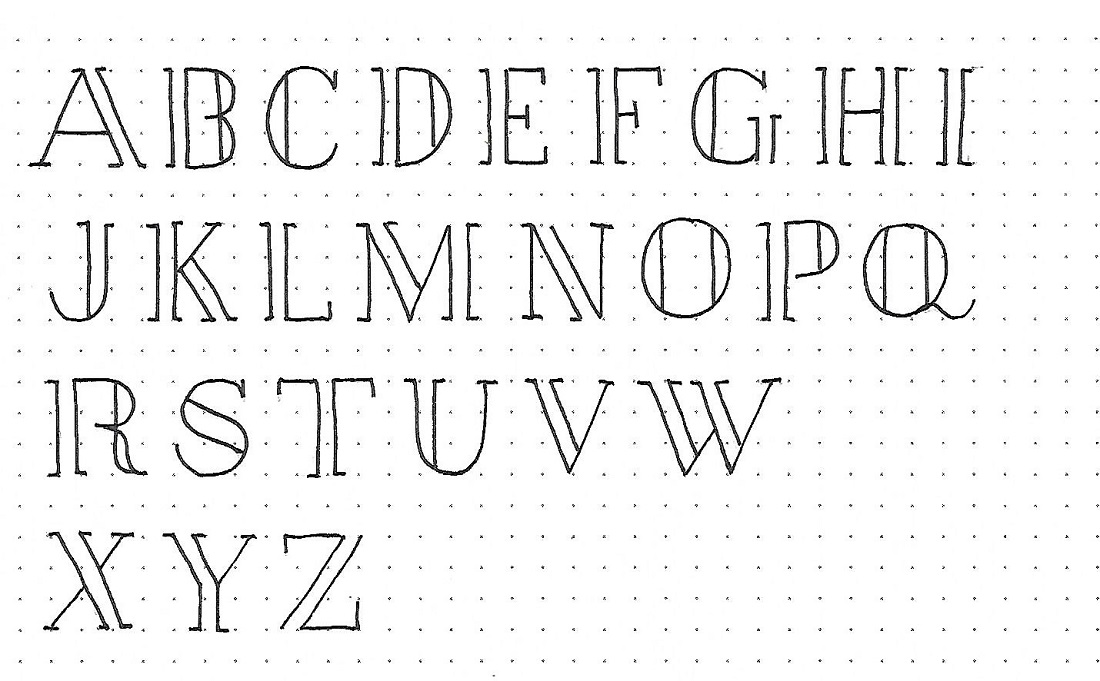
Zephaniah/Haggai: Day #3a – Split Column – Lower Case
Ready for your second quiz? This one may be a little harder.
- The overall letter height is (2/3/4) units.
- The x-height is at (2/3/4) units.
- The descender is at (-1/-2) units.
- The straight ends of columns are (open/closed).
- The curved ends of columns are (open/closed).
- The upper-right serifs are (longer/shorter/missing).
- The bowls of the letters are (round/oval).
- I can refer back to the lesson in (Genesis/Revelation) for the basic round font.
- I know of different letter forms for (a/g).
Now practice writing the lower-case. How much of it can you write correctly by ONLY looking at your quiz notes instead of the sample?
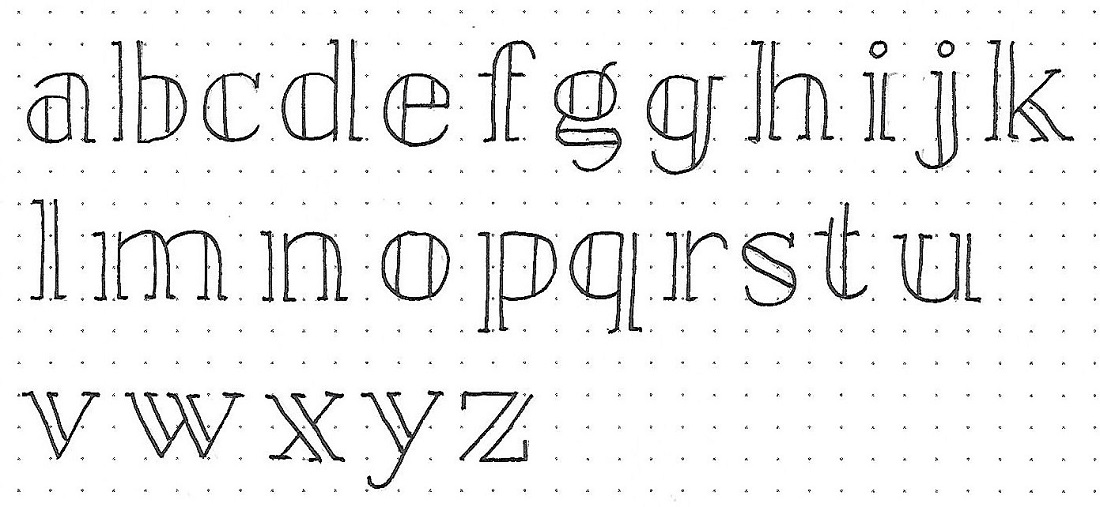
Zephaniah/Haggai: Day #3b – Split Column – Numbers
Here is a bonus for day 3 – a set of numbers. I followed SOME of the rules and broke some of the rules to combine elements of both upper- and lower-case letters.
The numbers are the same height as the upper-case (3 units) but are more oval in shape than the round letters.
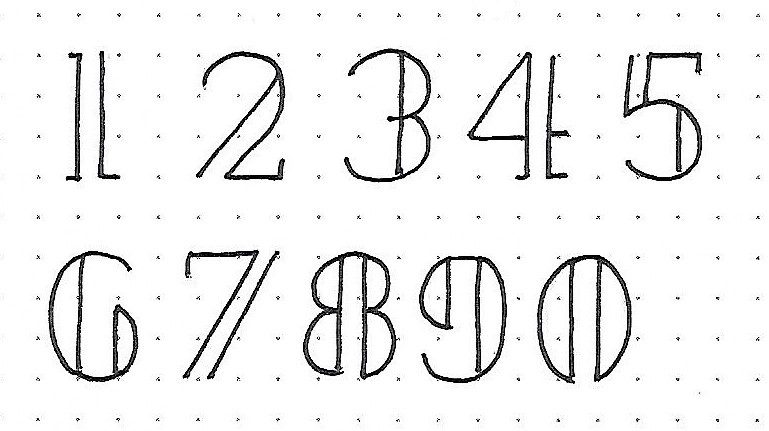
Zephaniah/Haggai: Day #4 – Split Column – Scripture
Now that we know all the theories and the rules and have practiced on the alphabets, we’re going to use our Split Column font to write scripture.
I chose a verse in Zephaniah and combined upper/lower case words and a full upper-case word. I used basic round font for the reference and it looks perfect with this text.
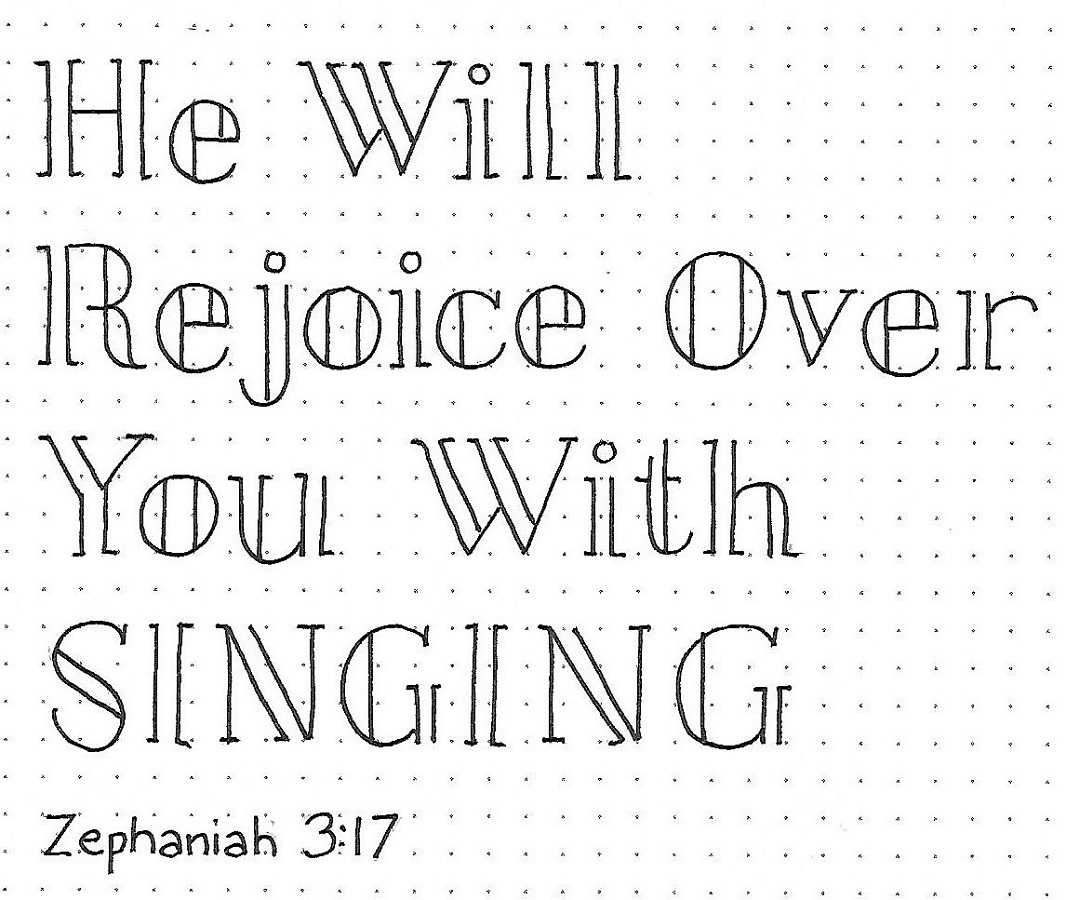
Zephaniah/Haggai: Day #5 – Split Column – Bible Page
It’s the day to use our new font in our bibles. Today we’re going to Haggai 2:4.
Because I was including birch trees as a background illustration, I used tiny shading dashes across the columns from the right to the left to mimic the bark. Now my lettering becomes tiny birch trees!
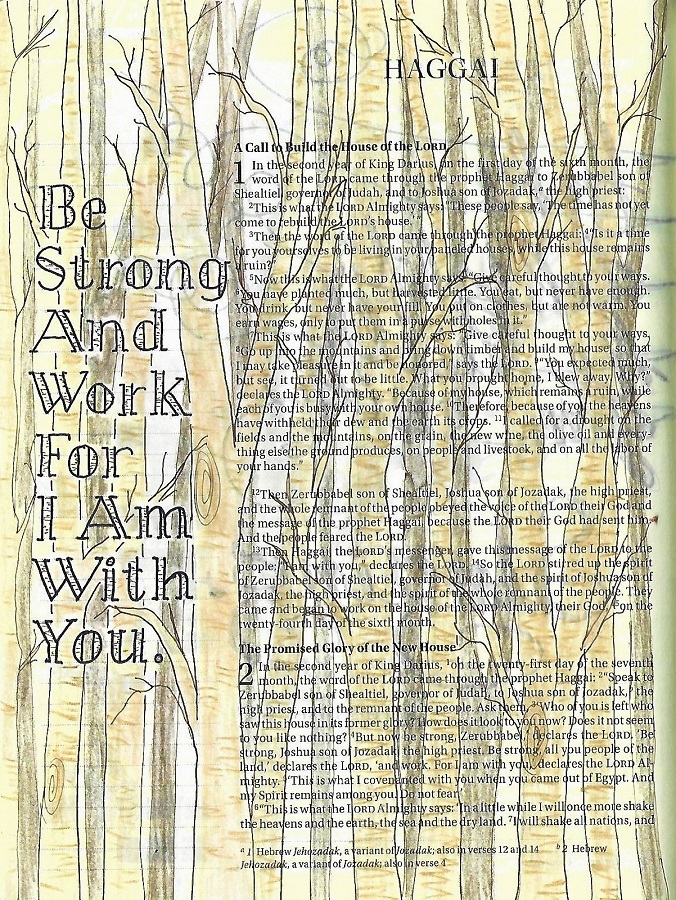
Aren't these neat trees? I taught how to draw them on the Creative-Bible-Journaling.com website in the Drawing Room.
Ddd
Posted by studio3d@ccgmail.net
at 12:01 AM PDT

